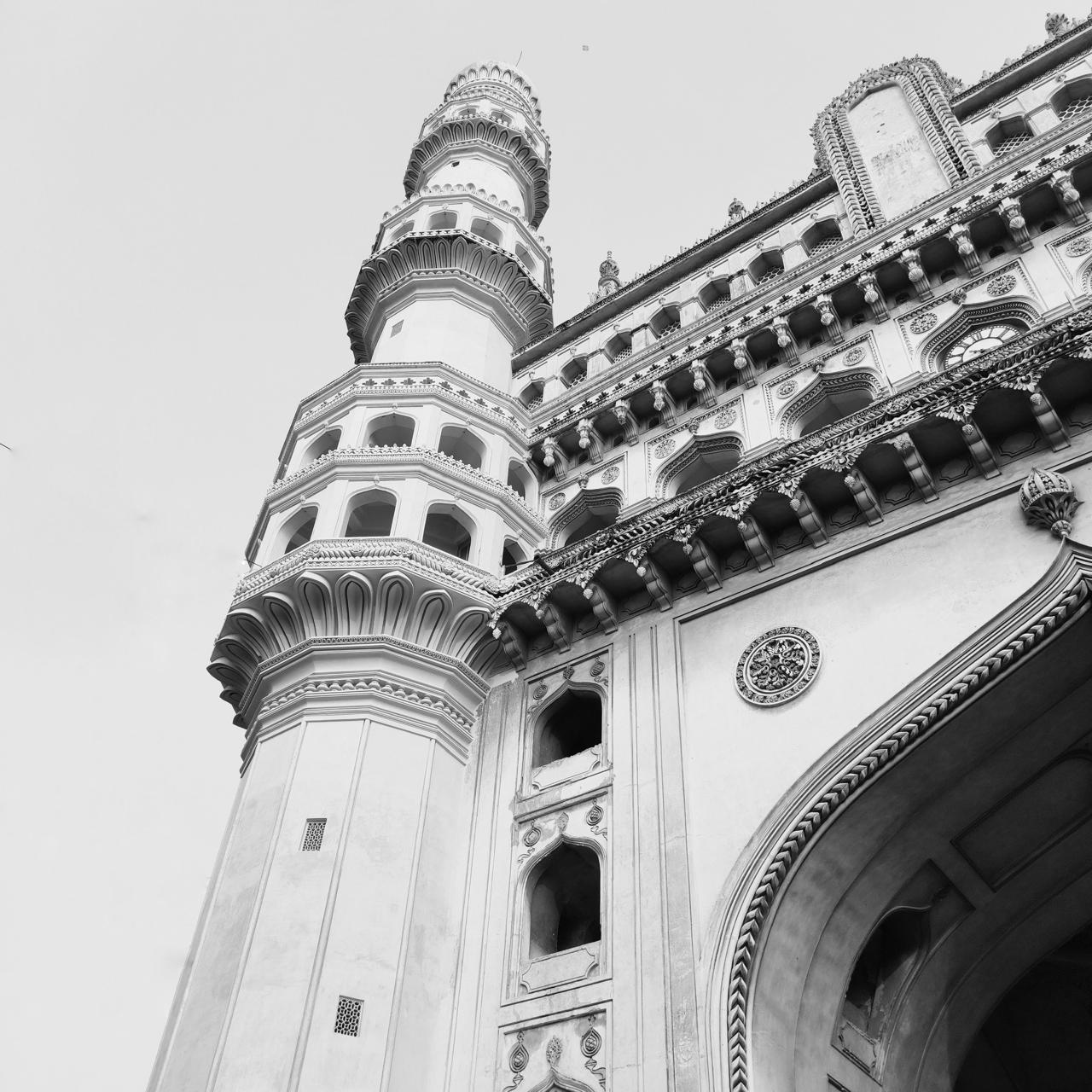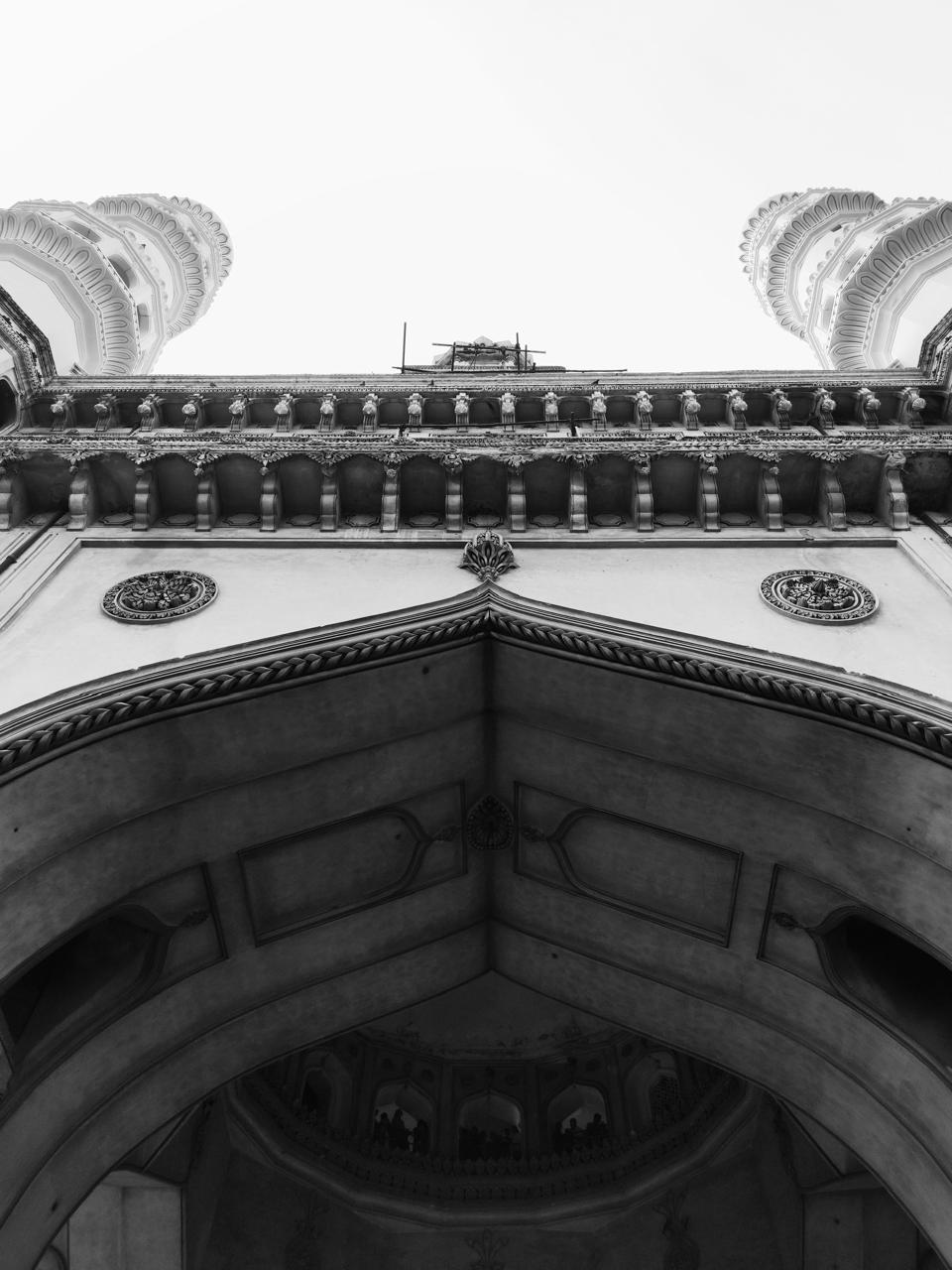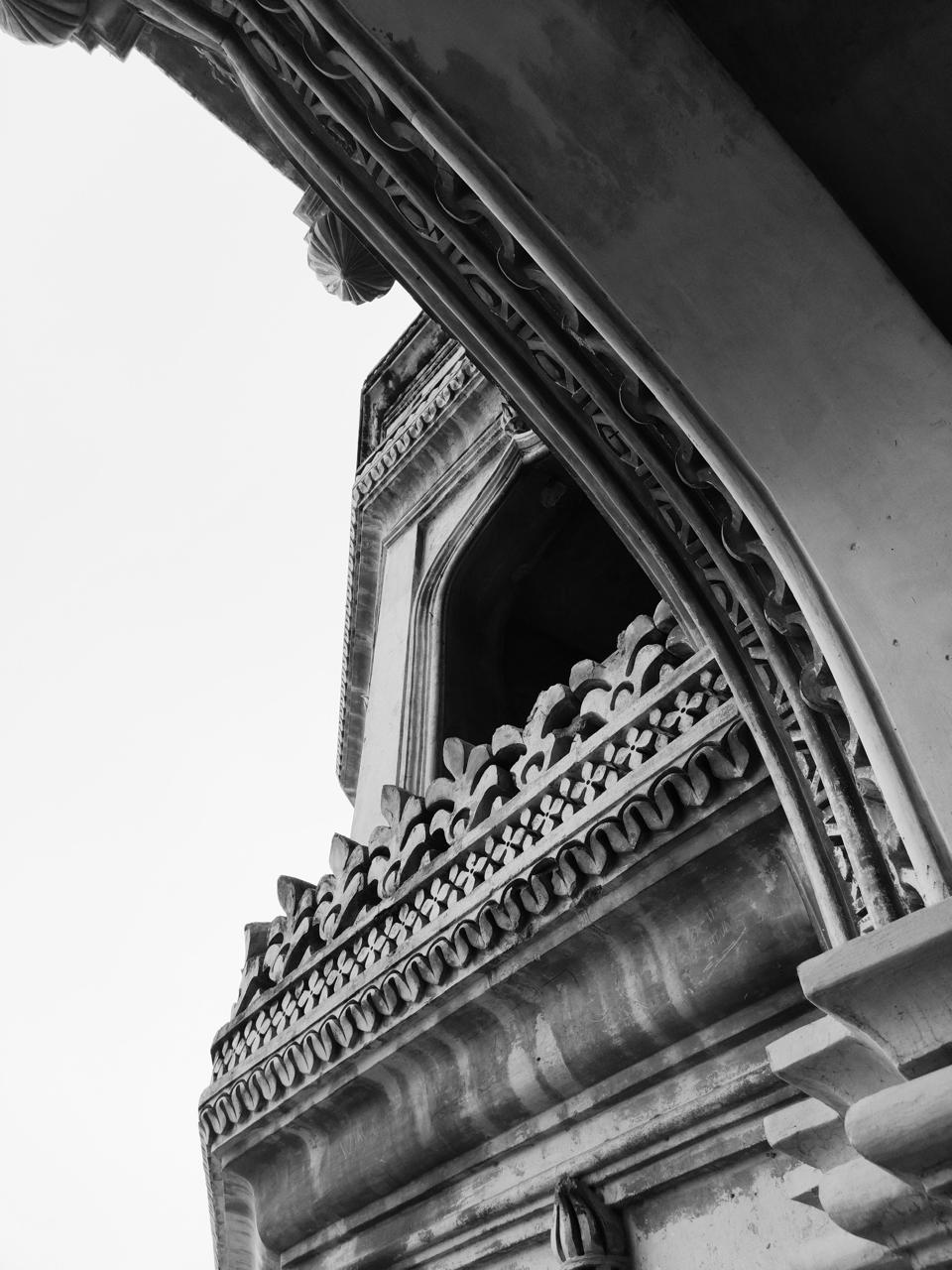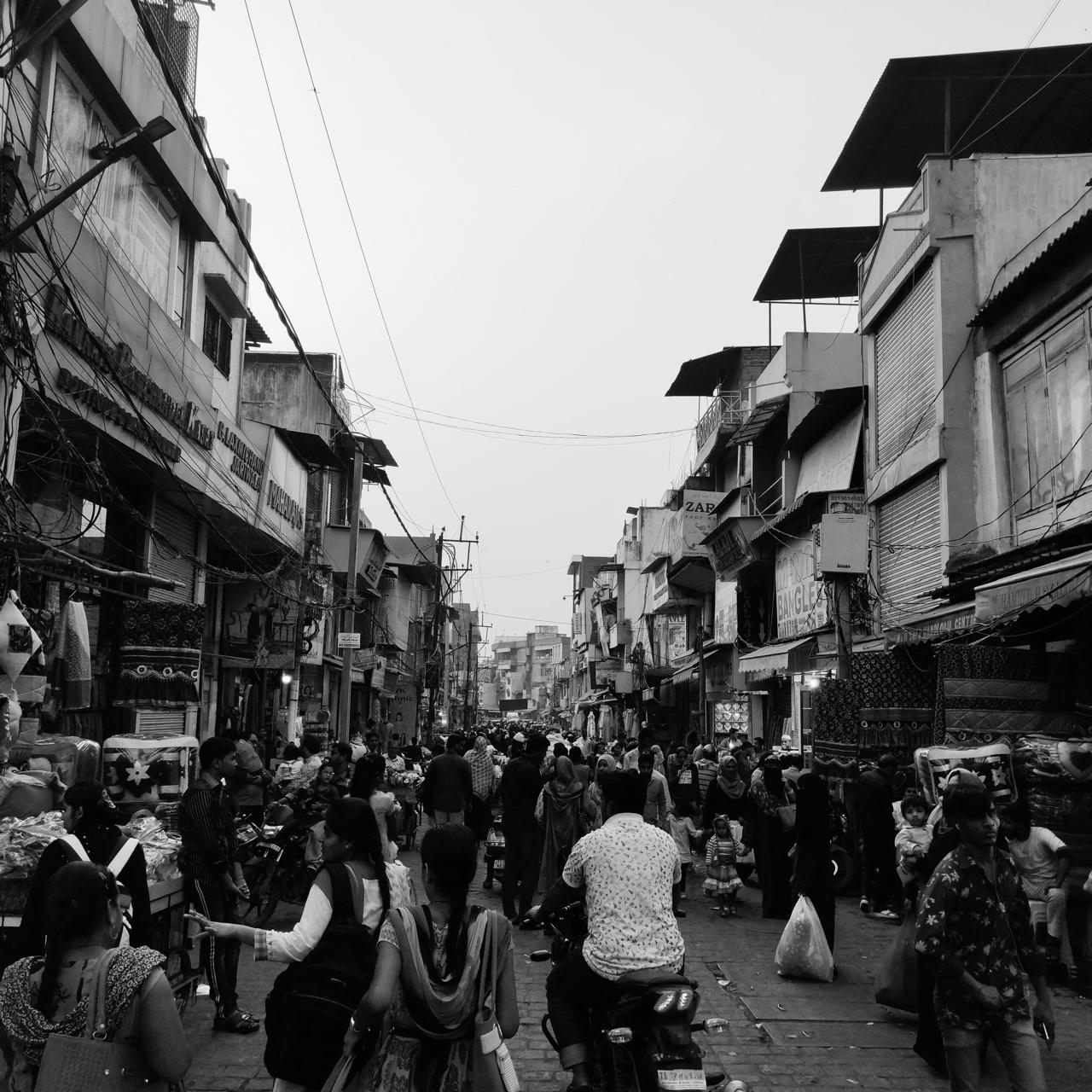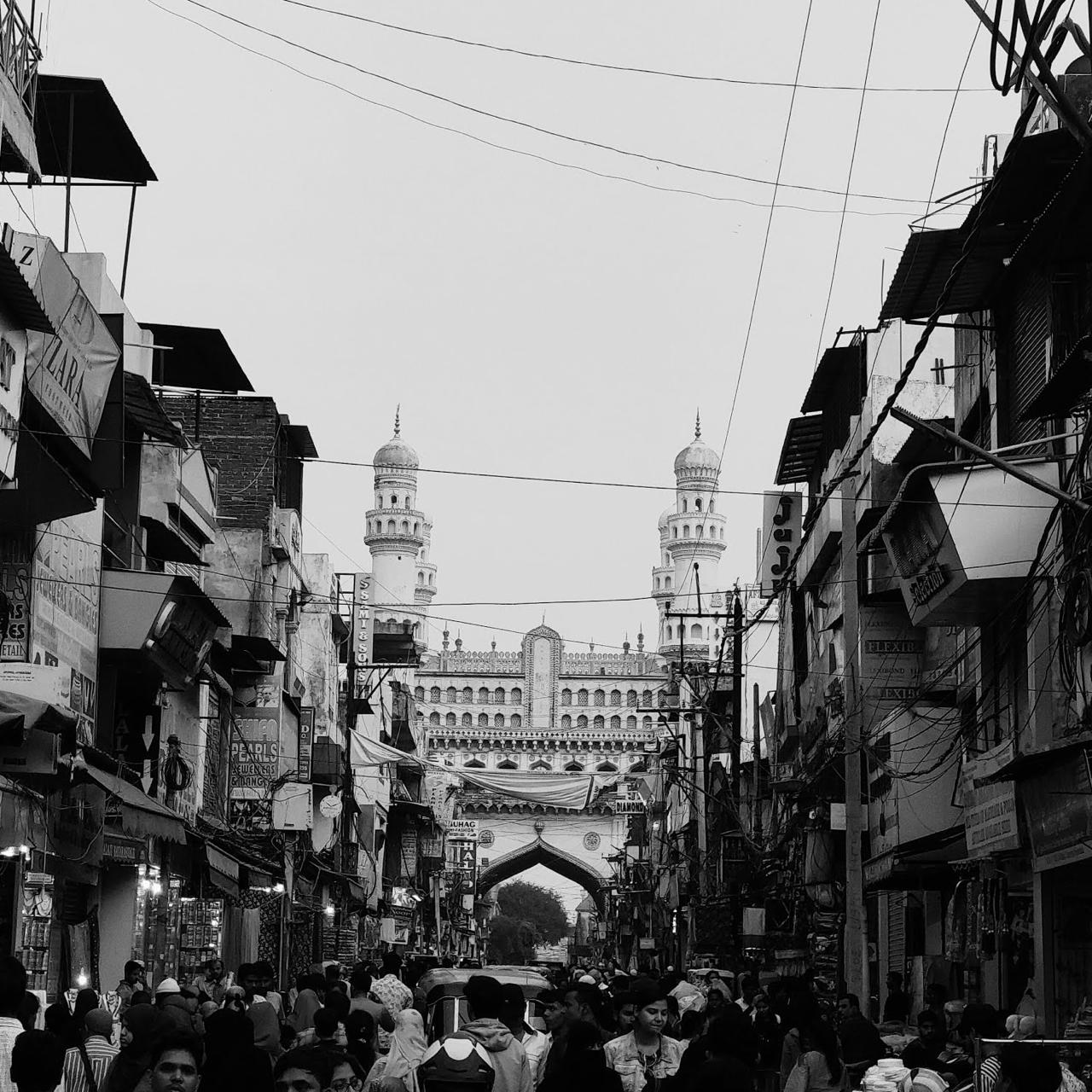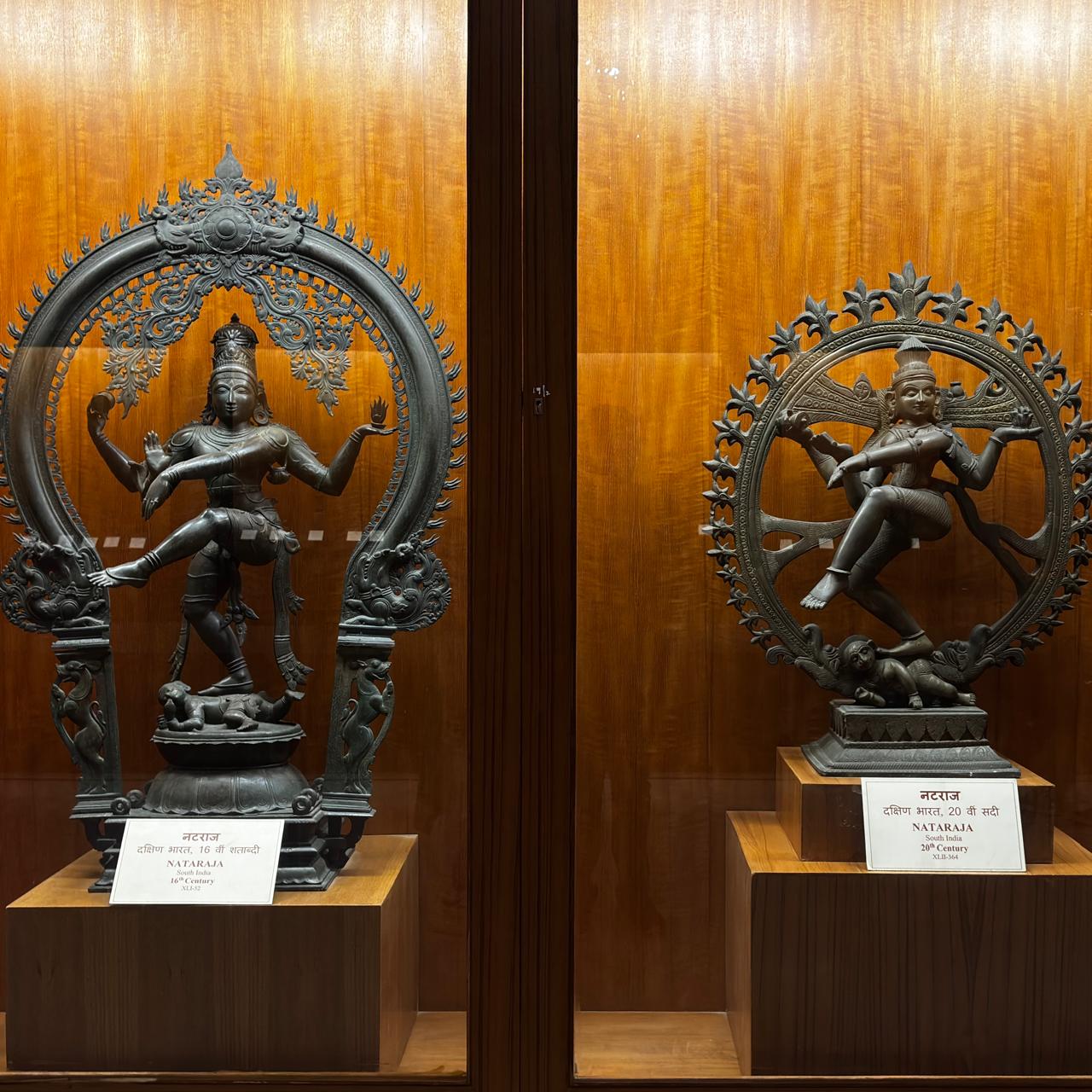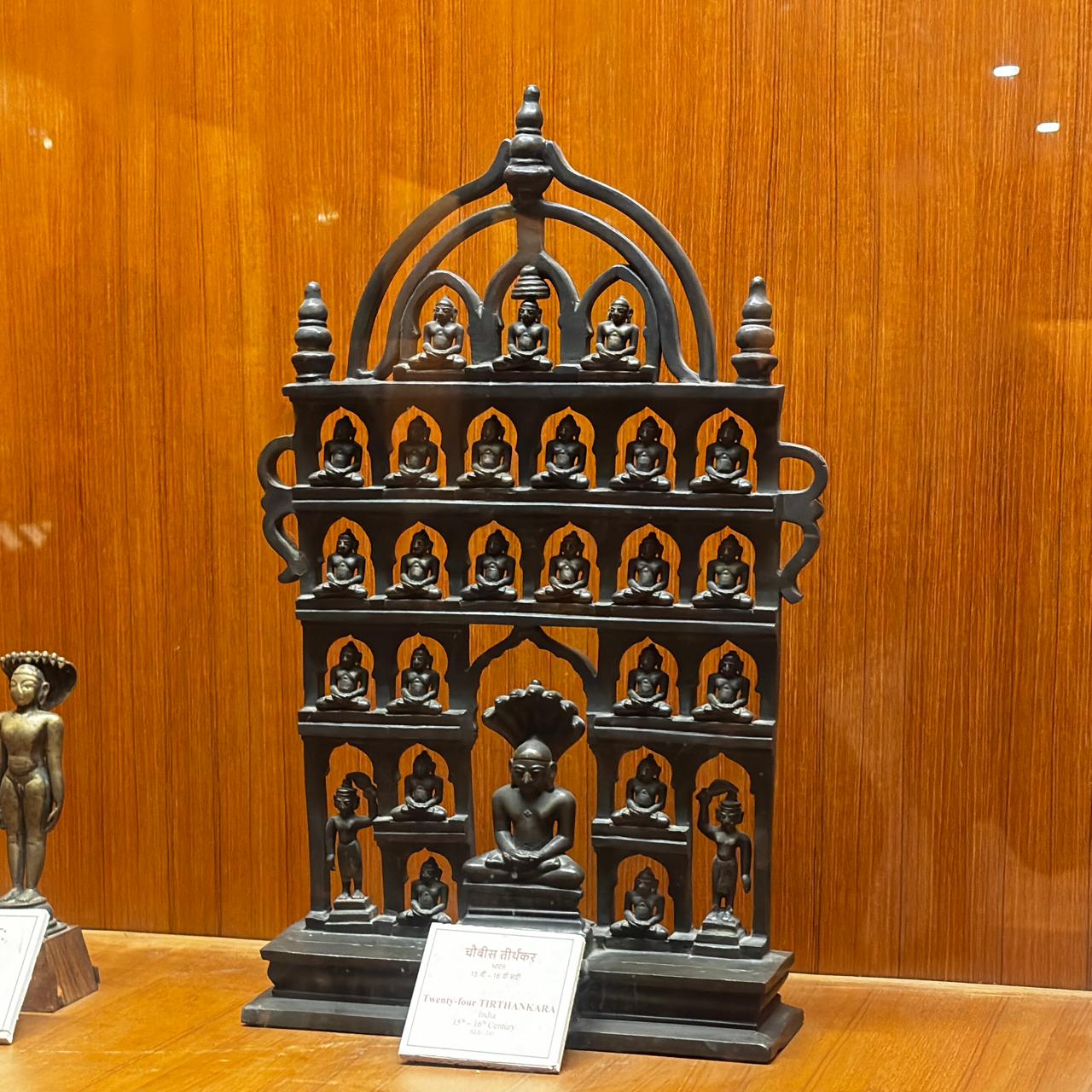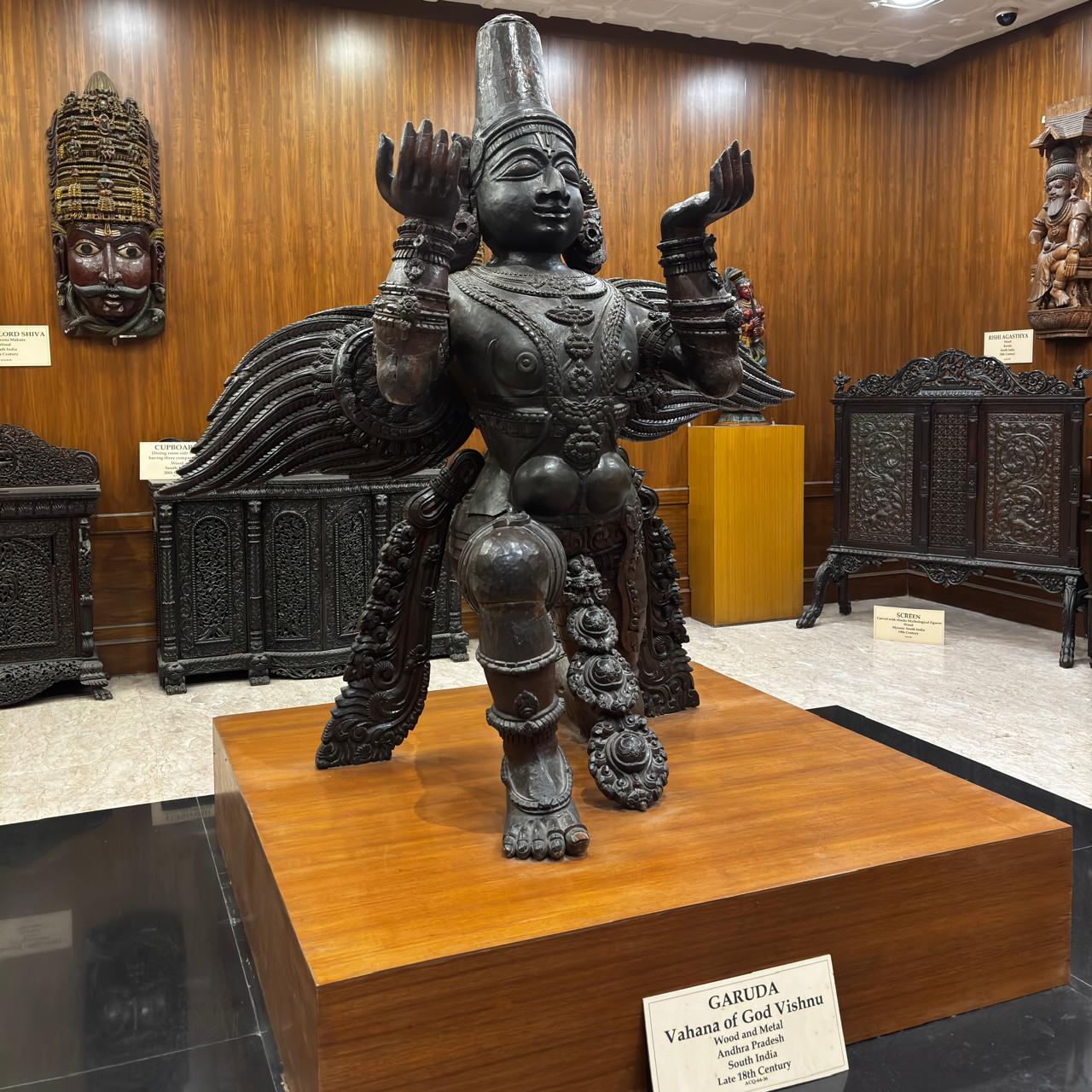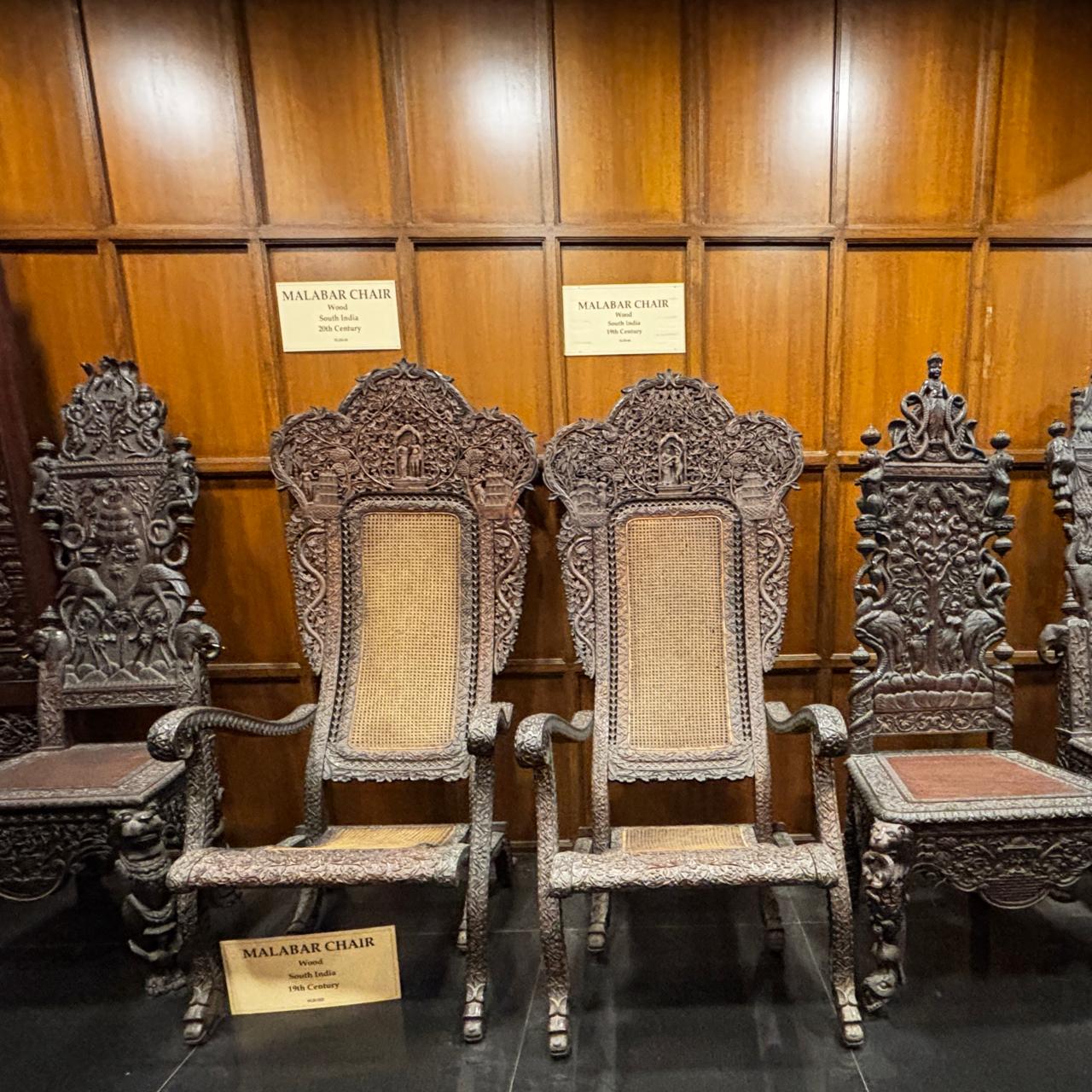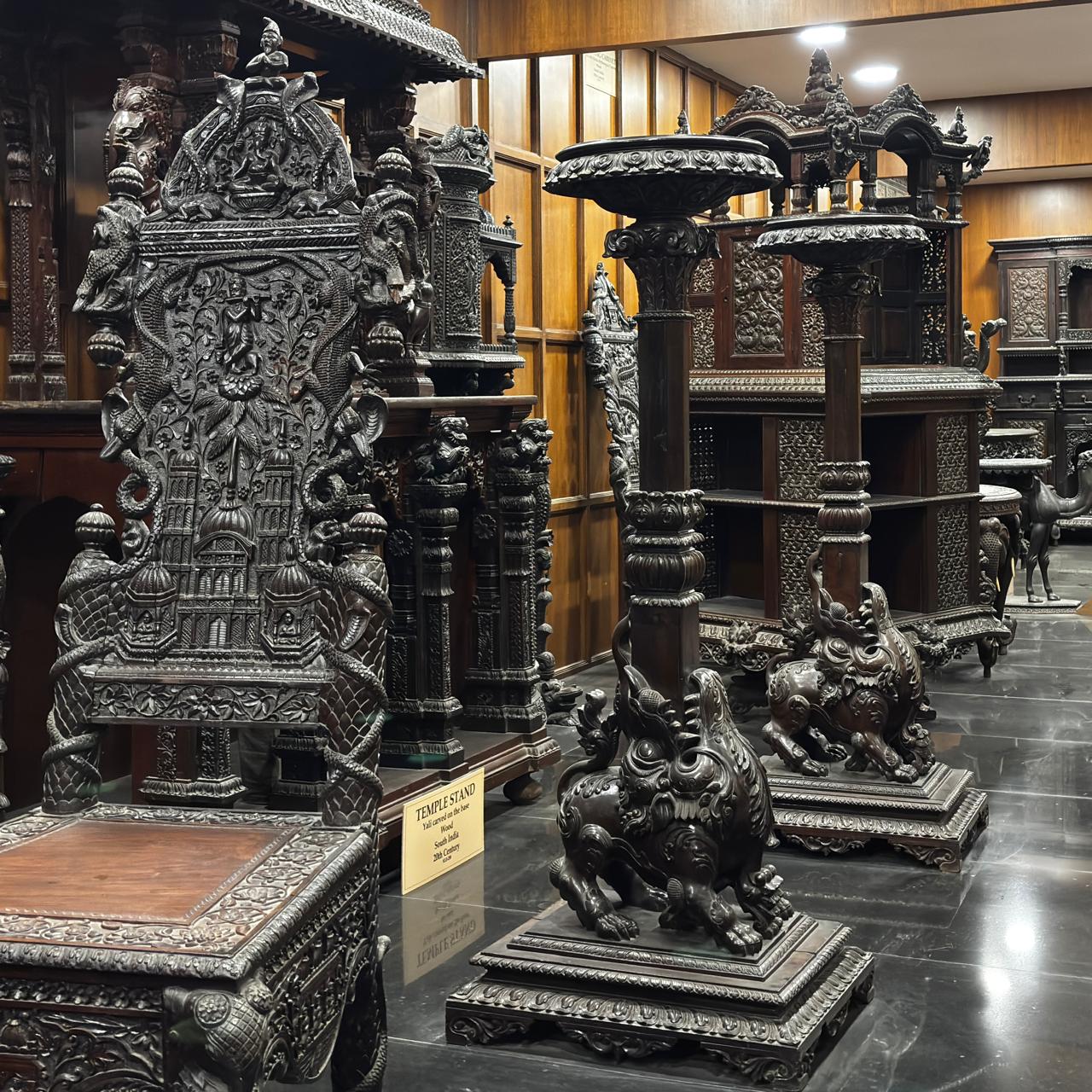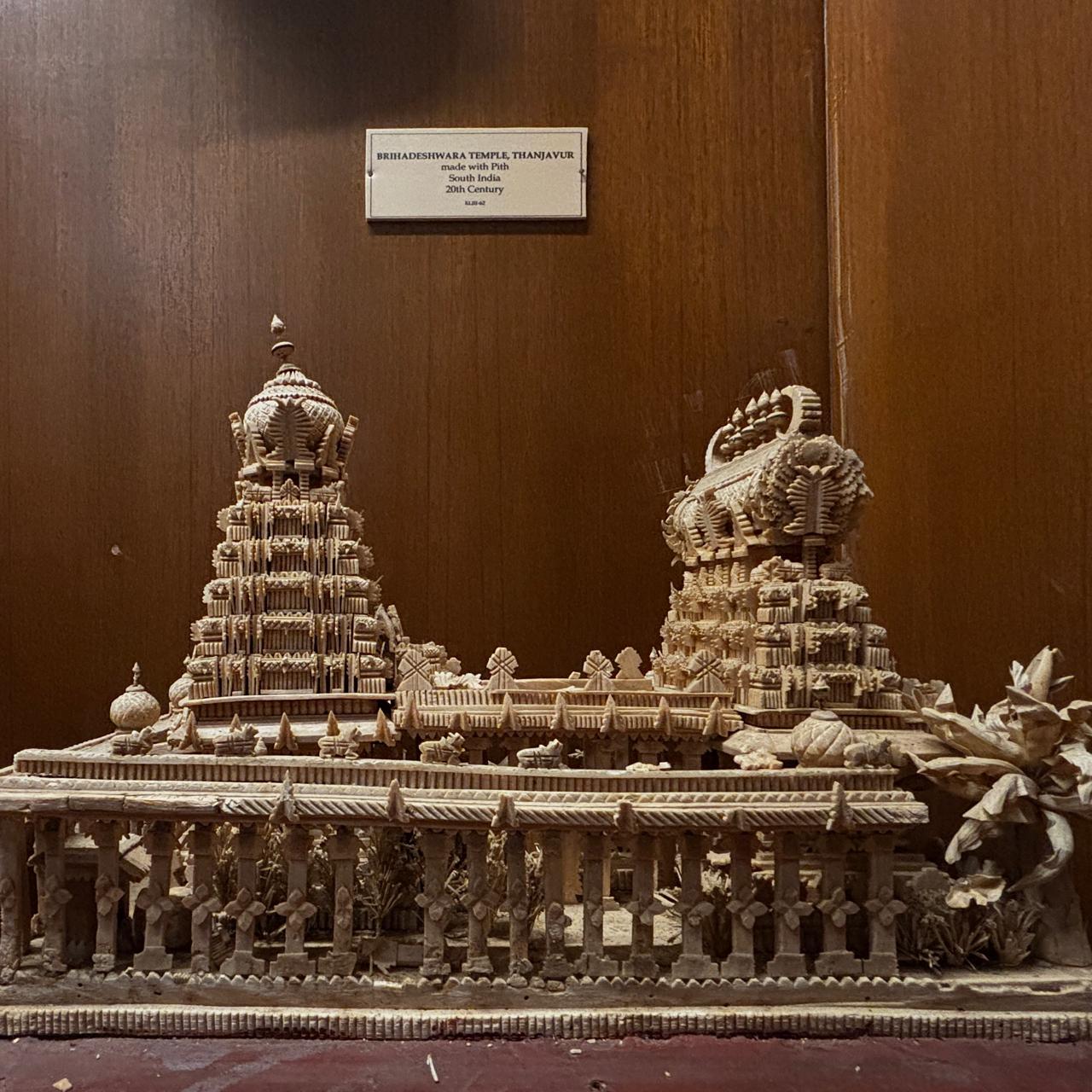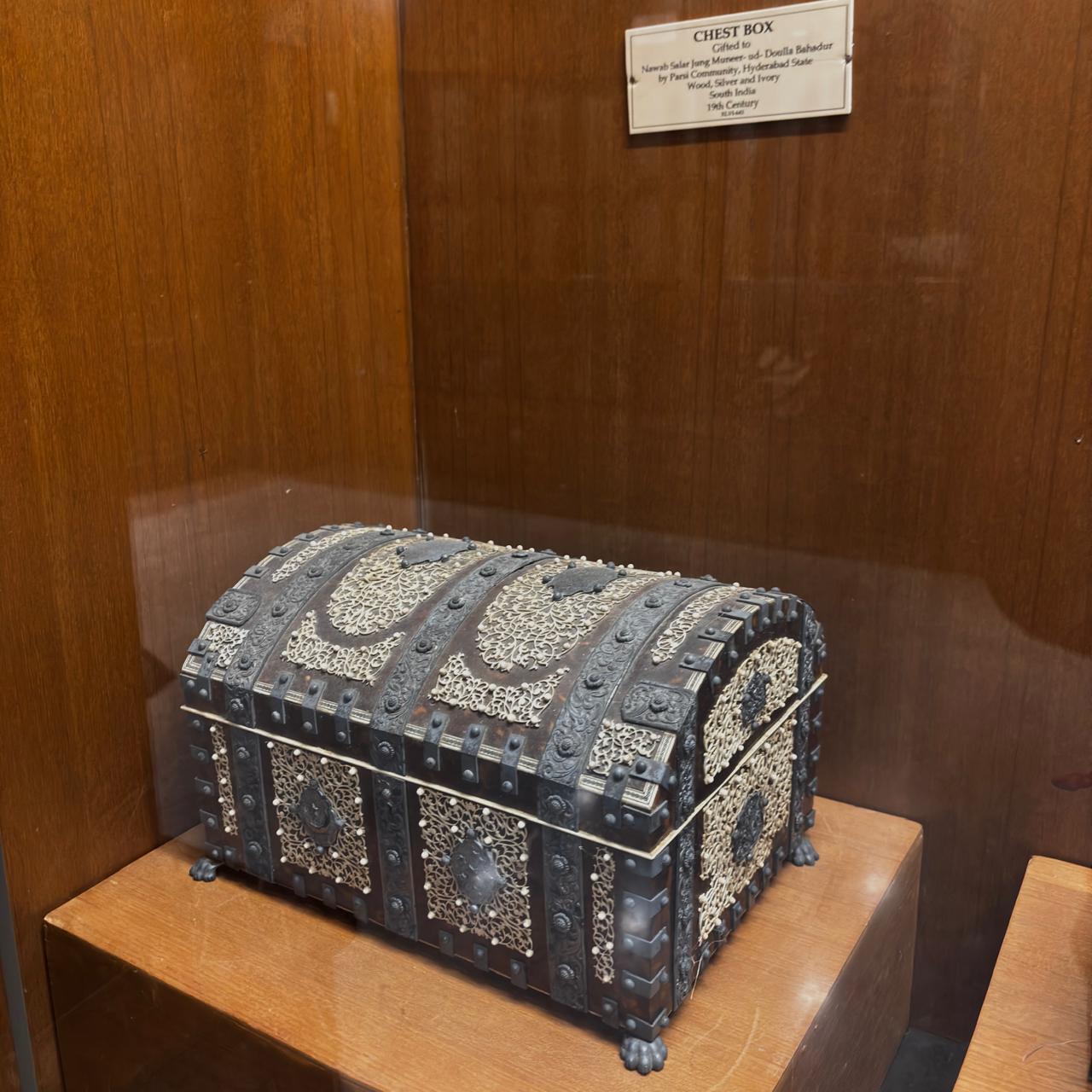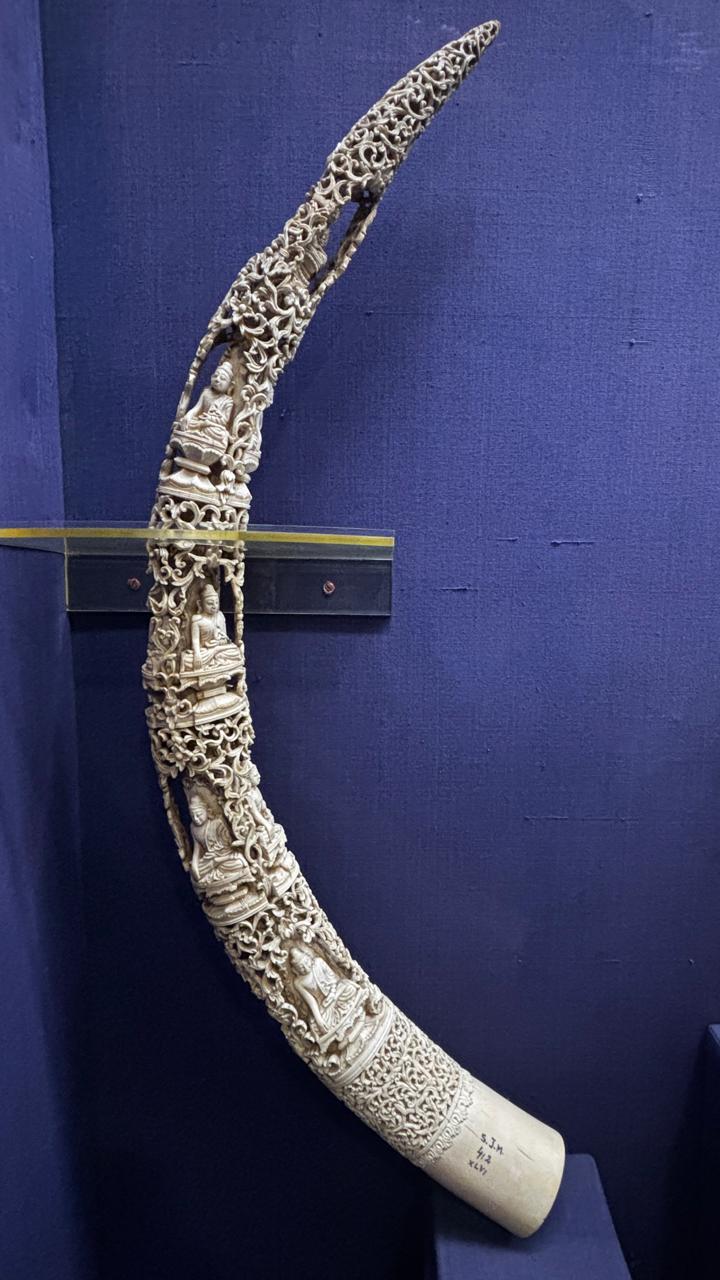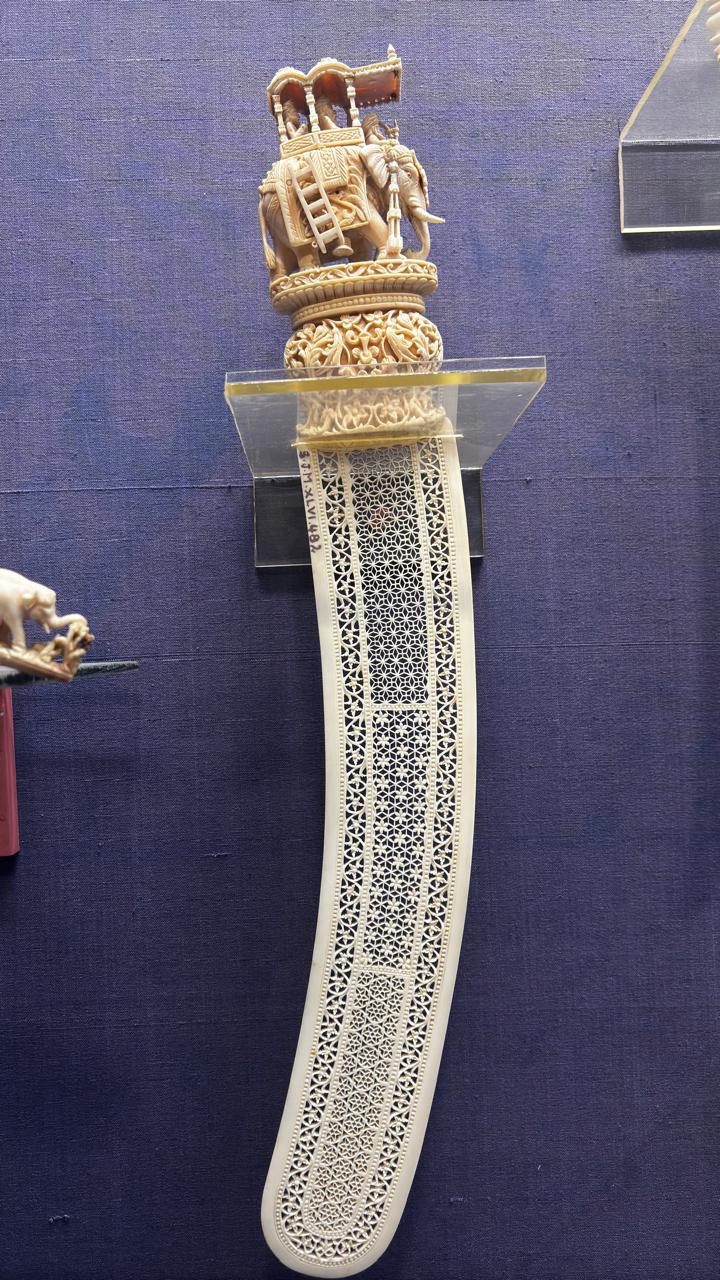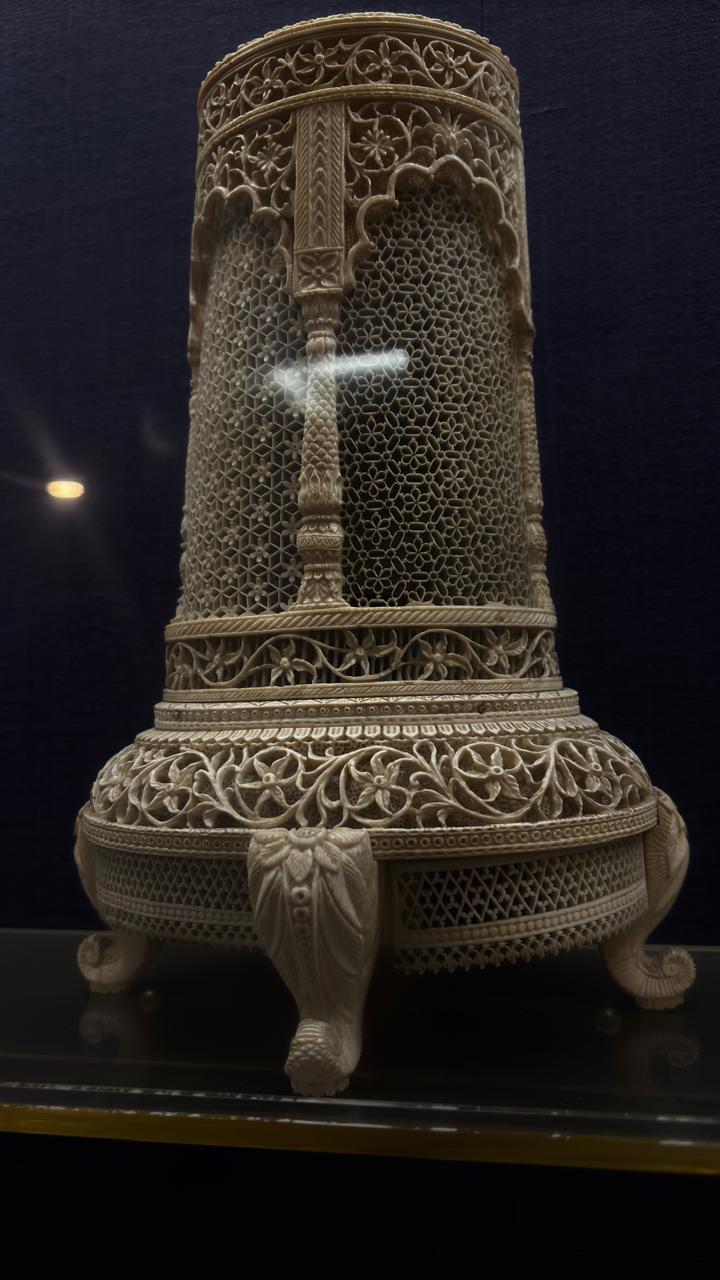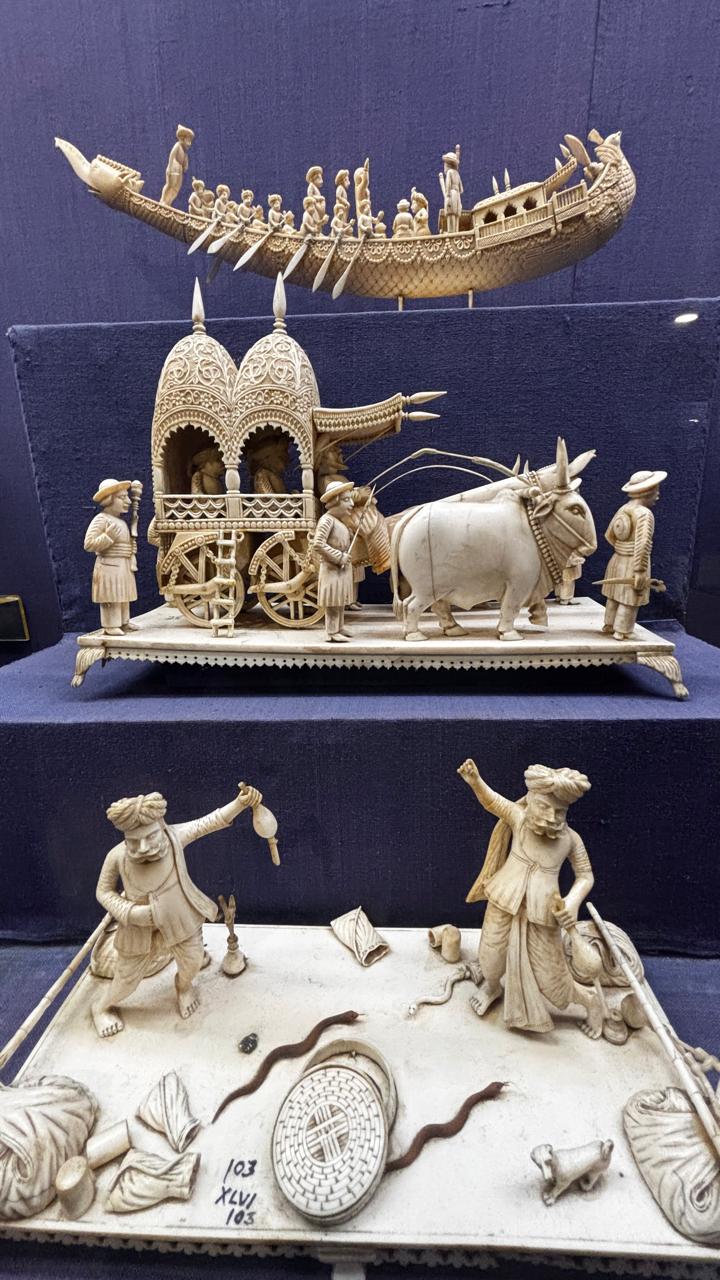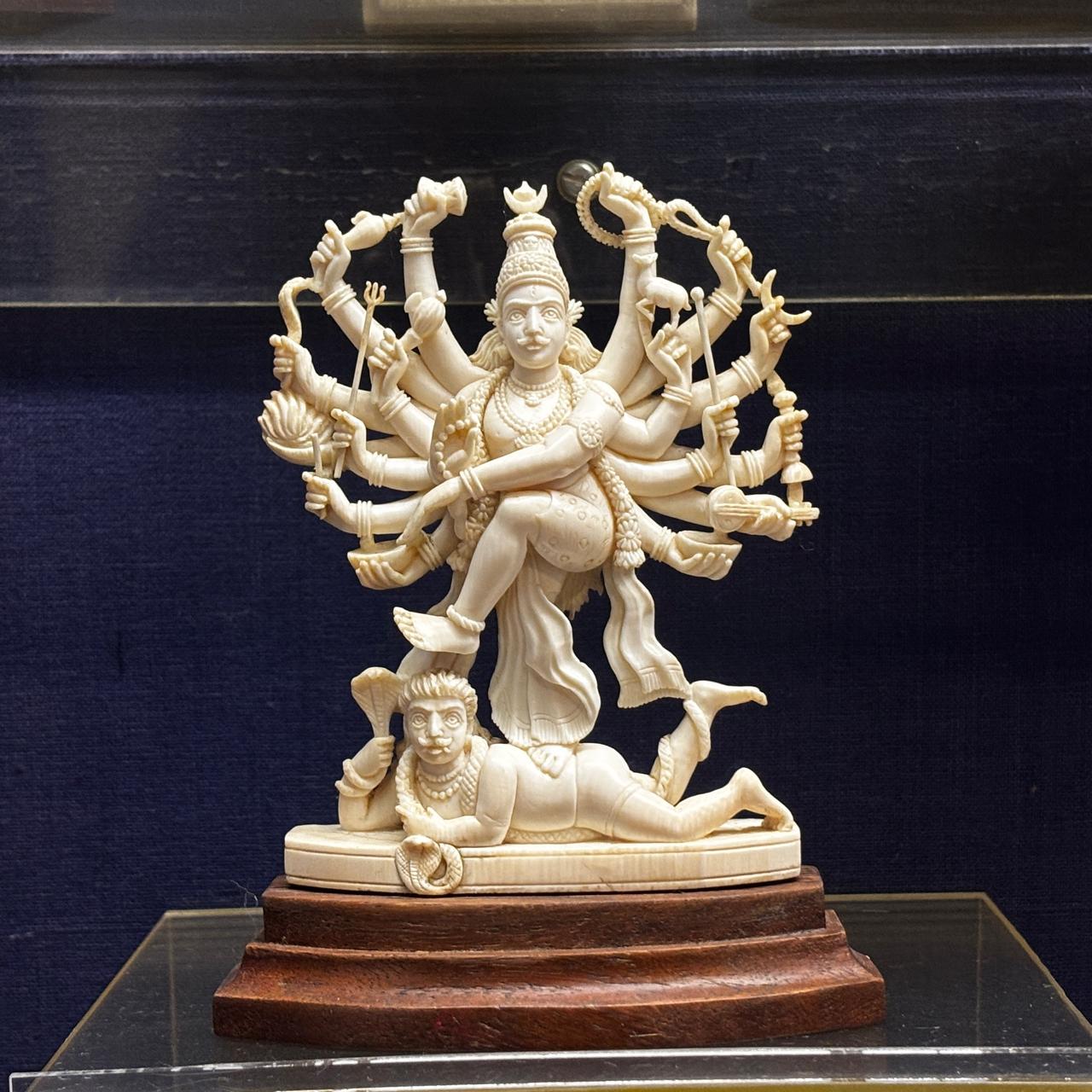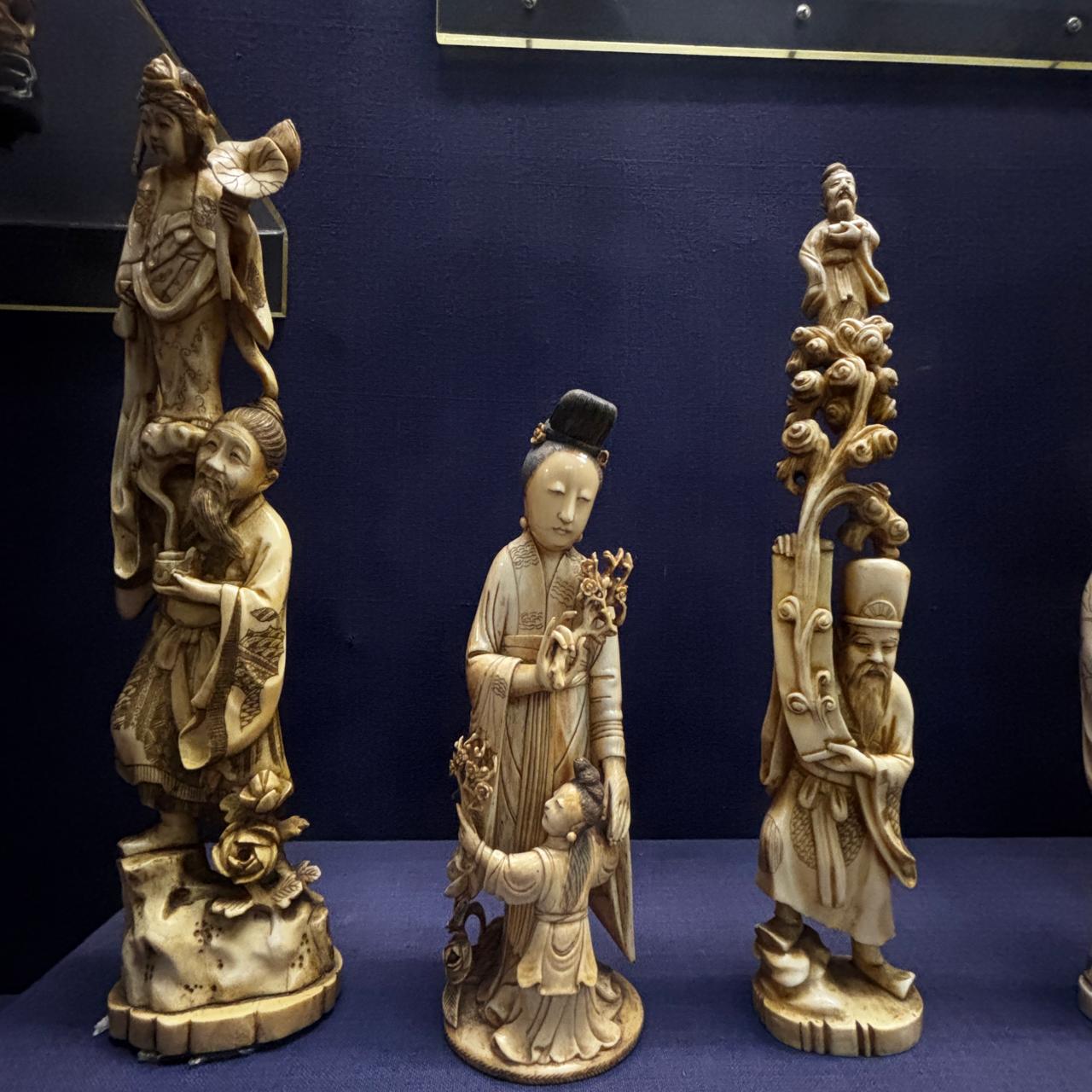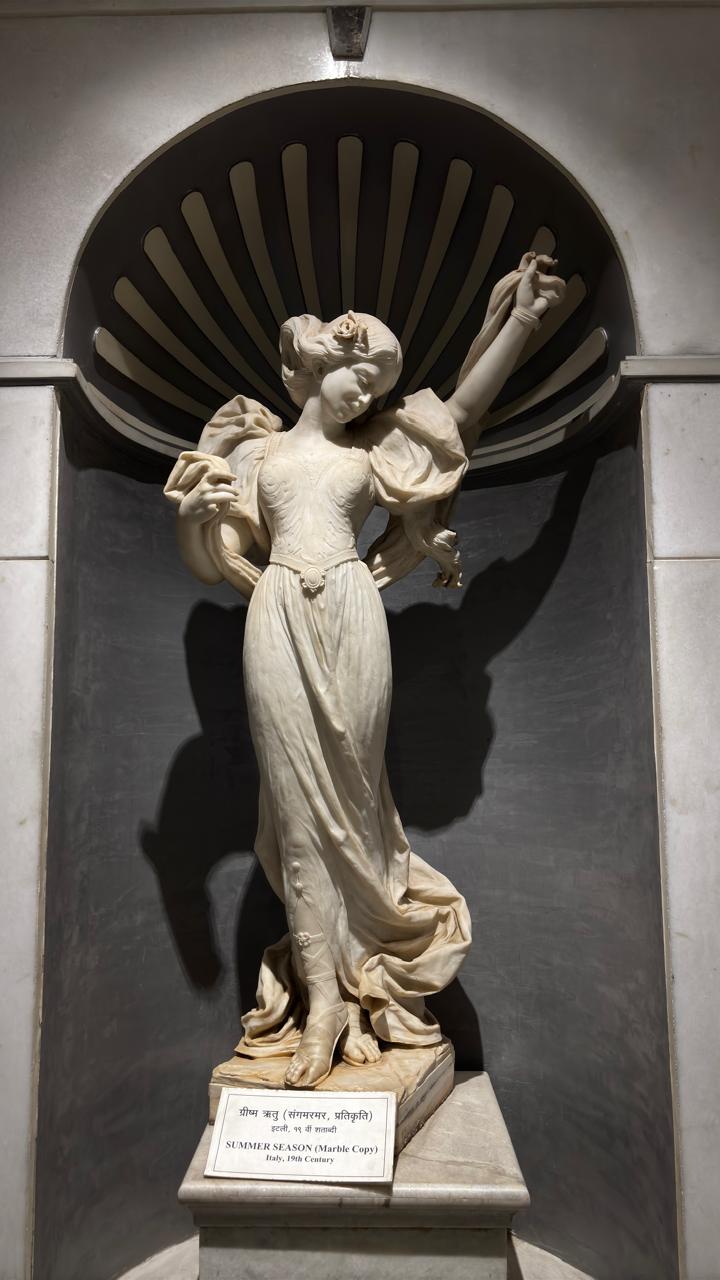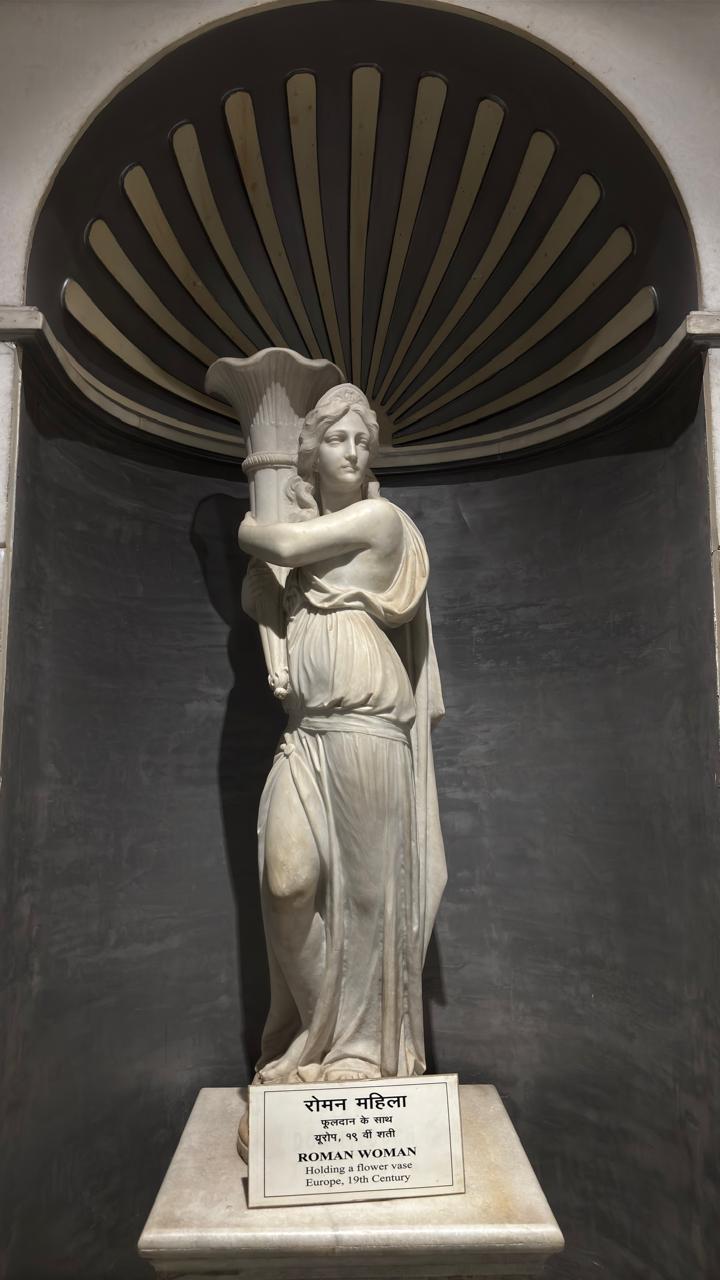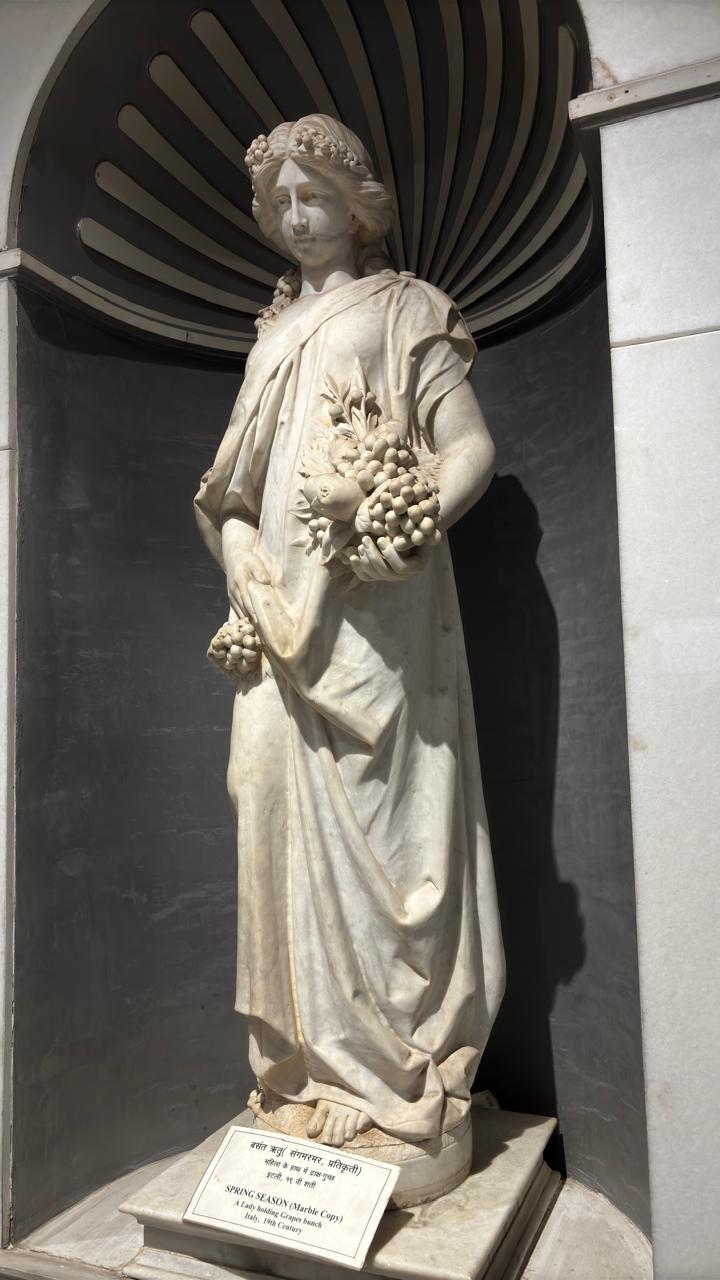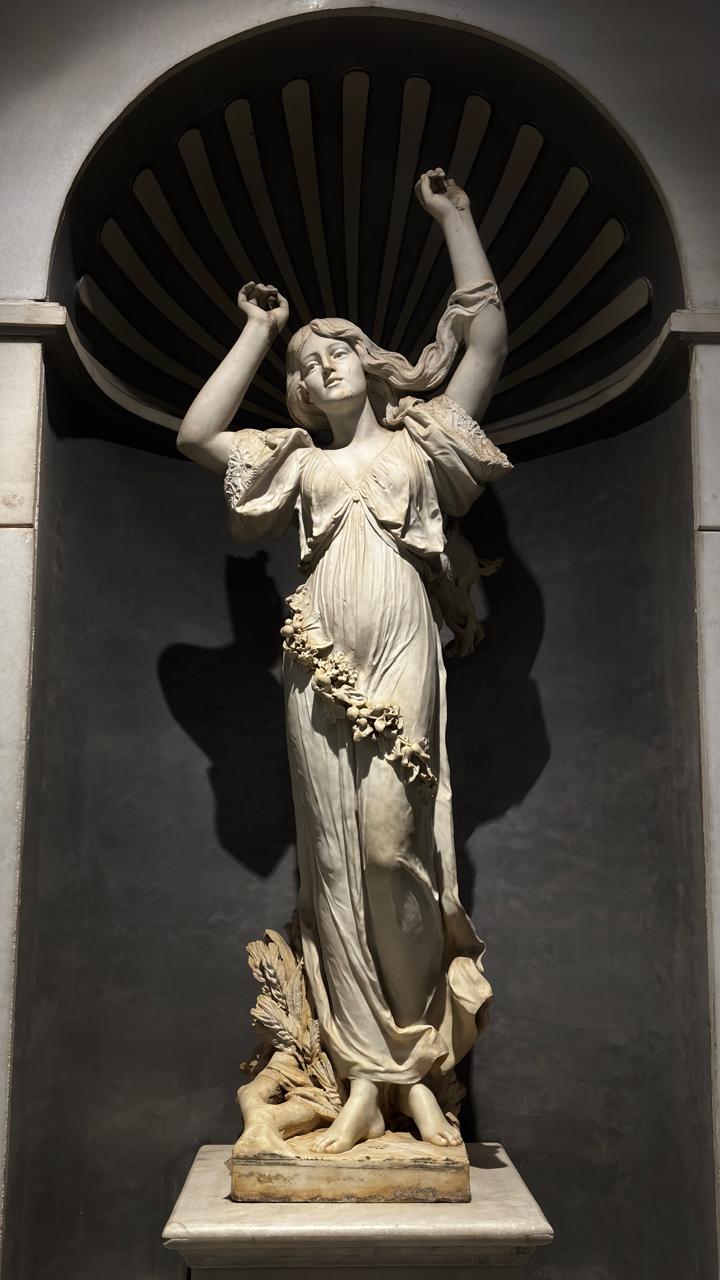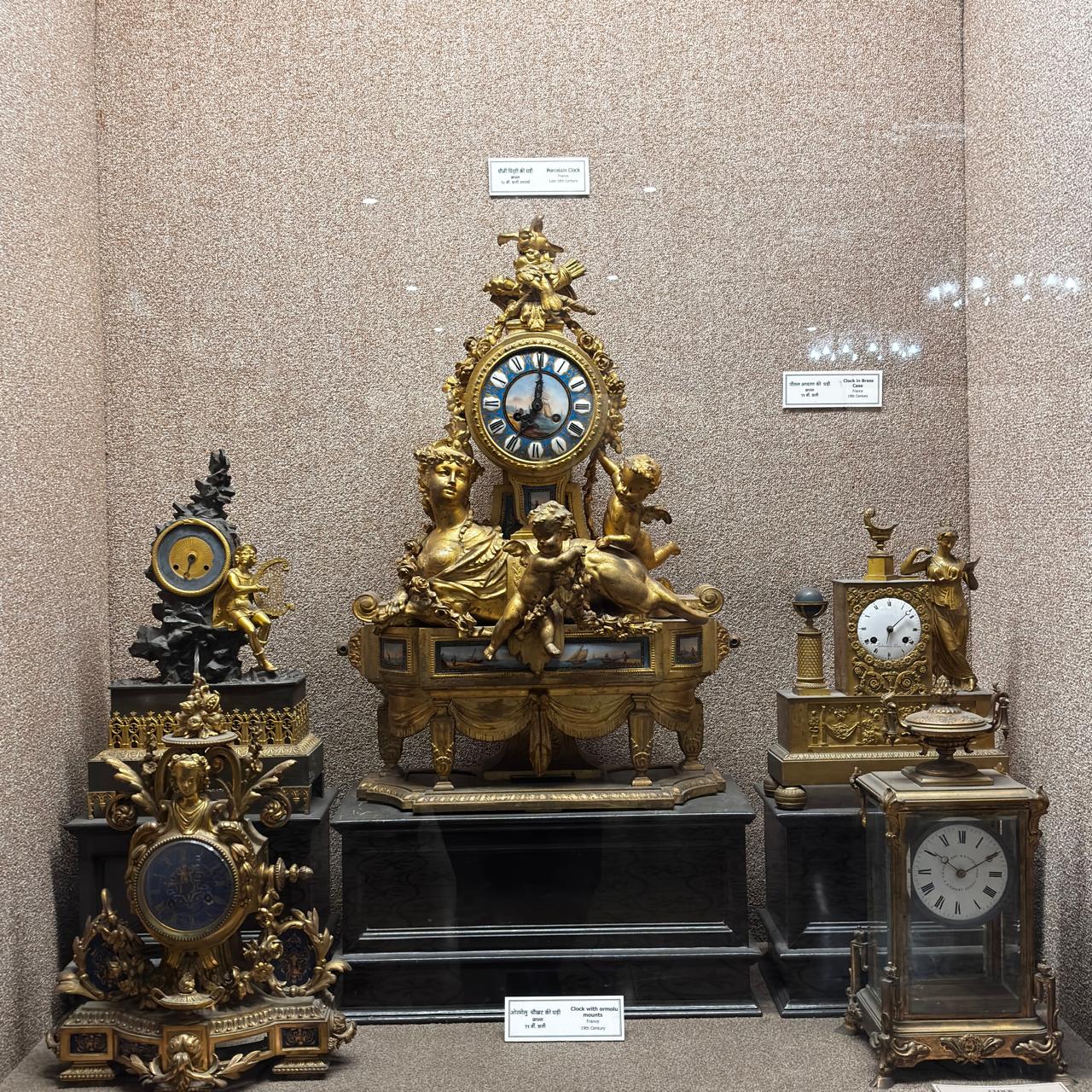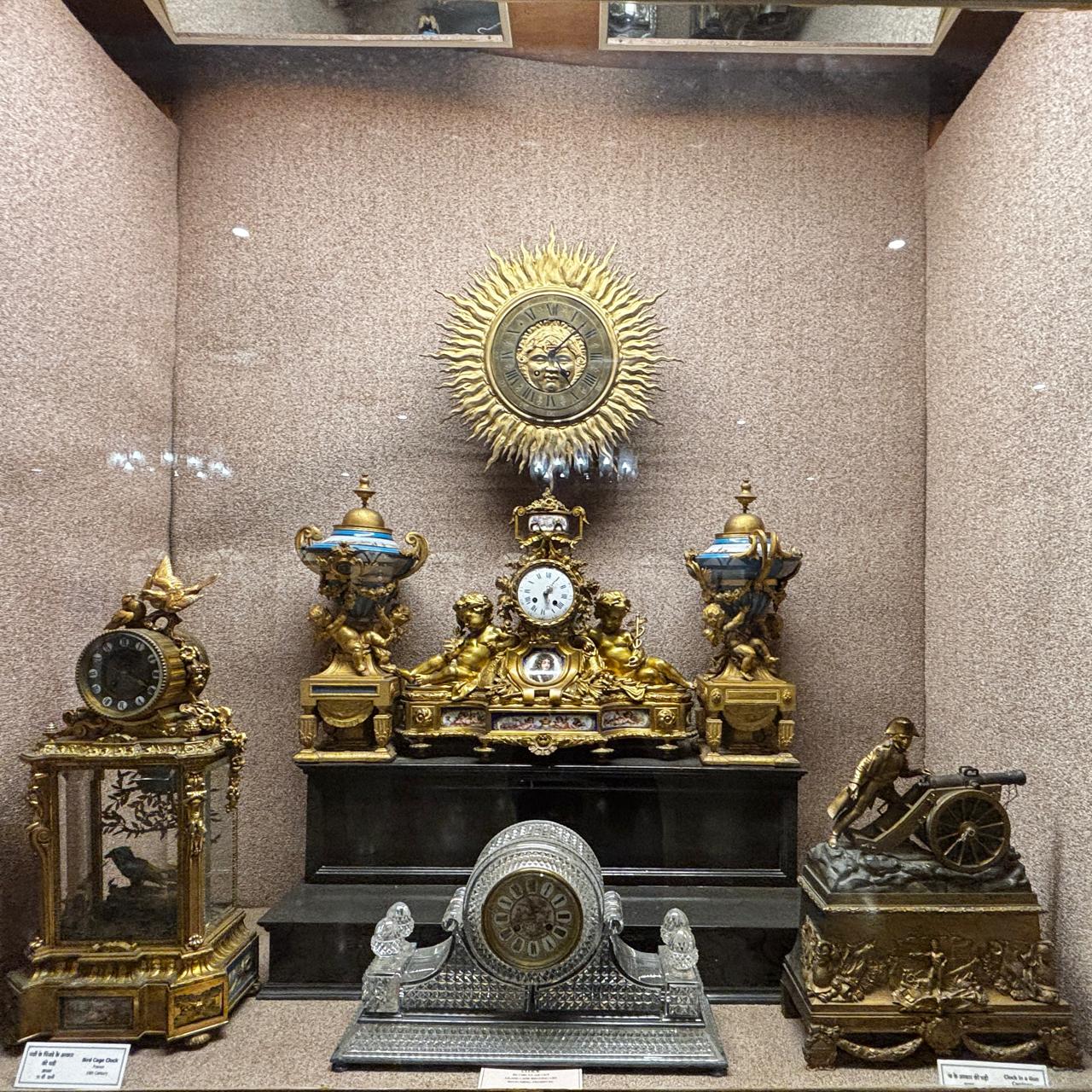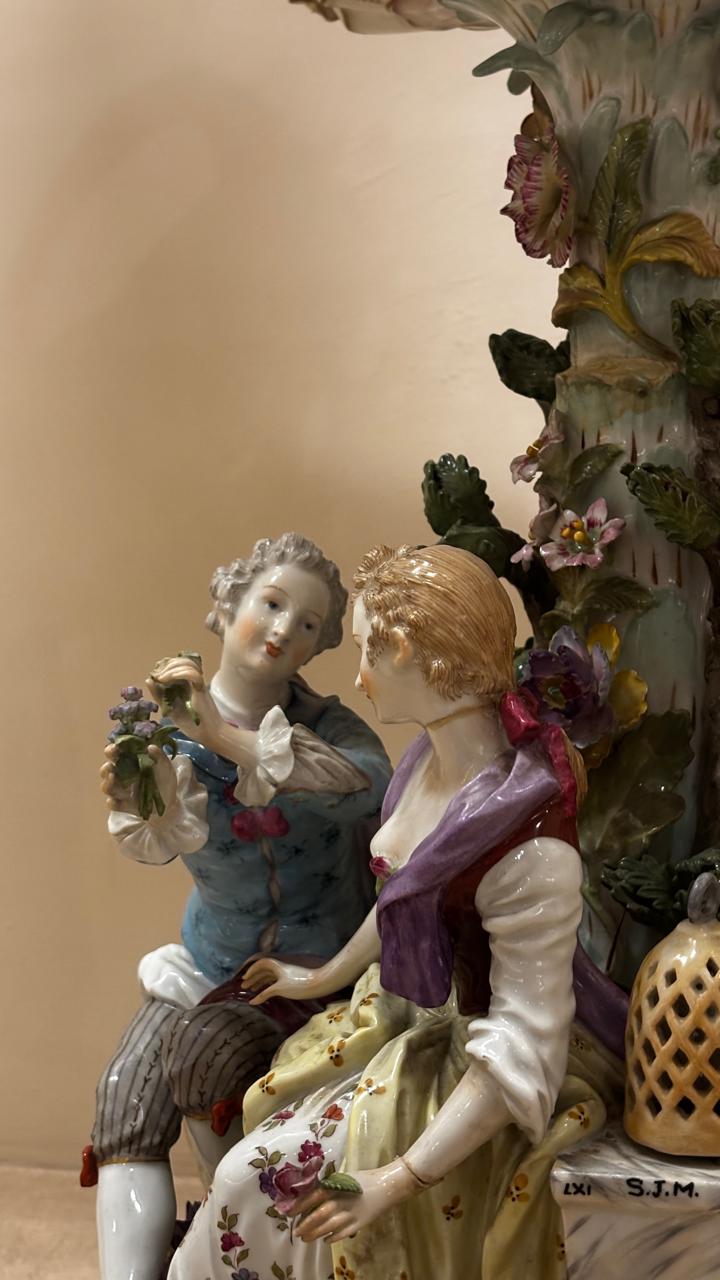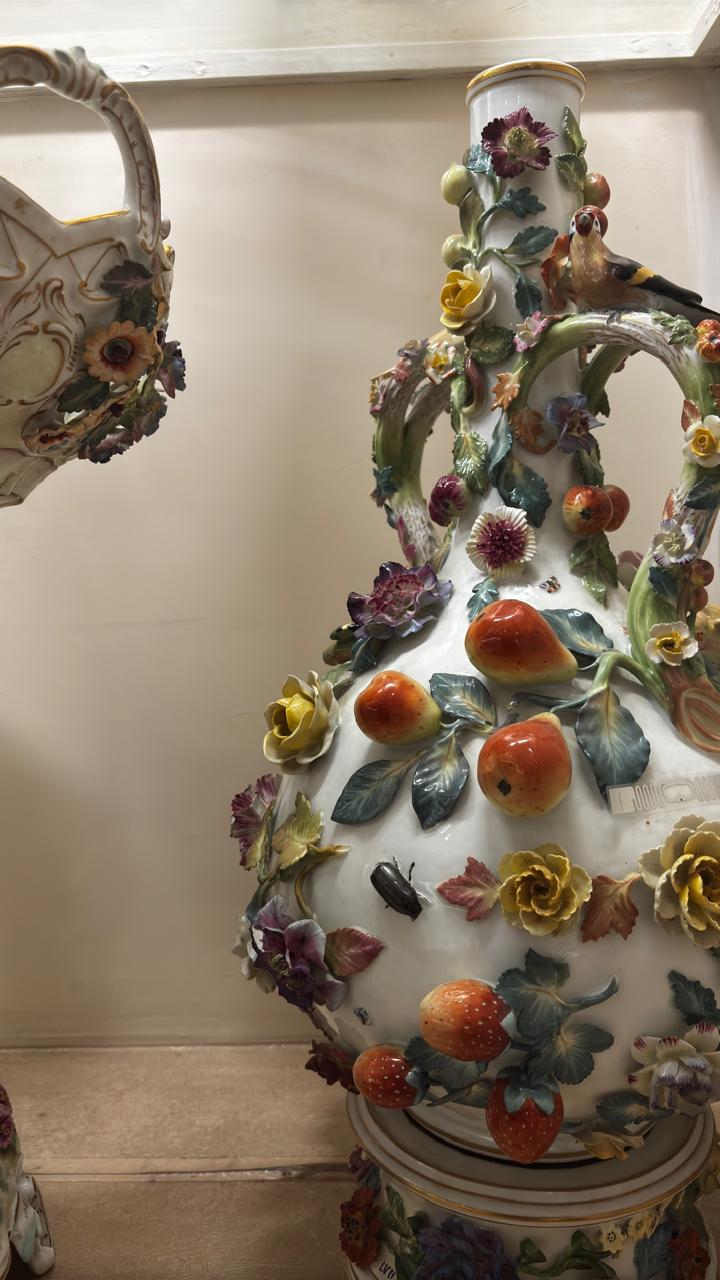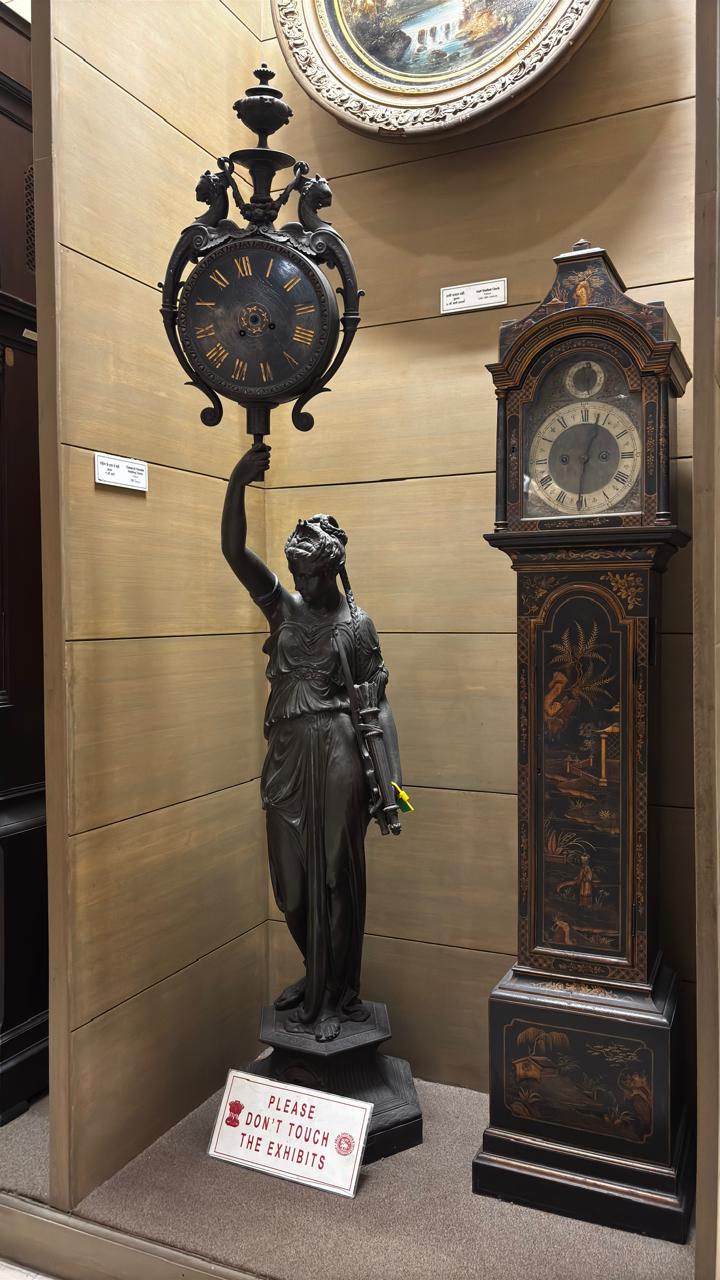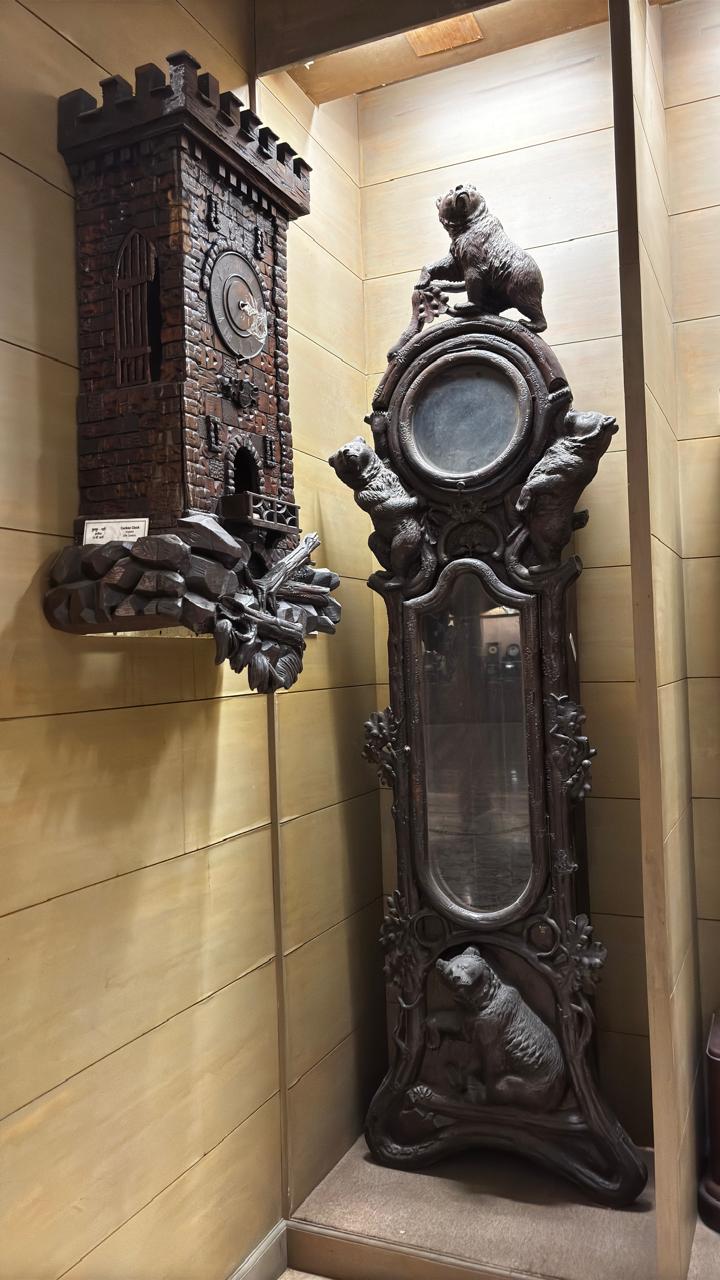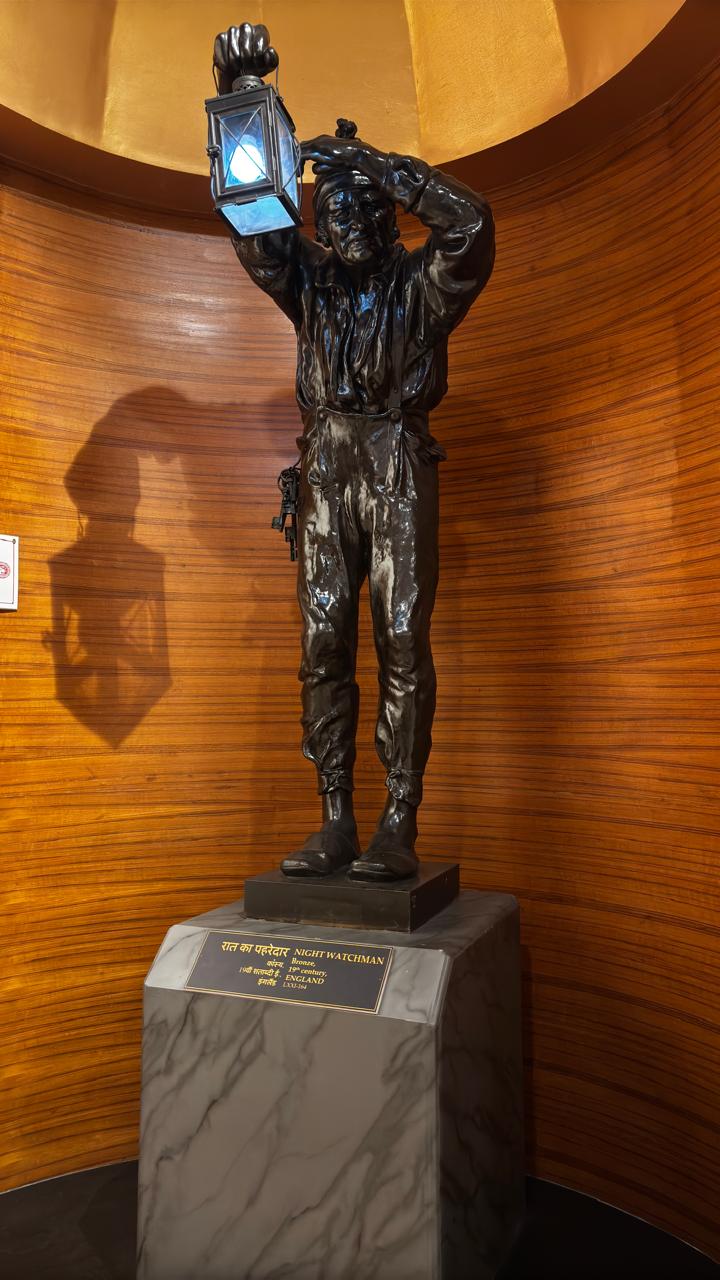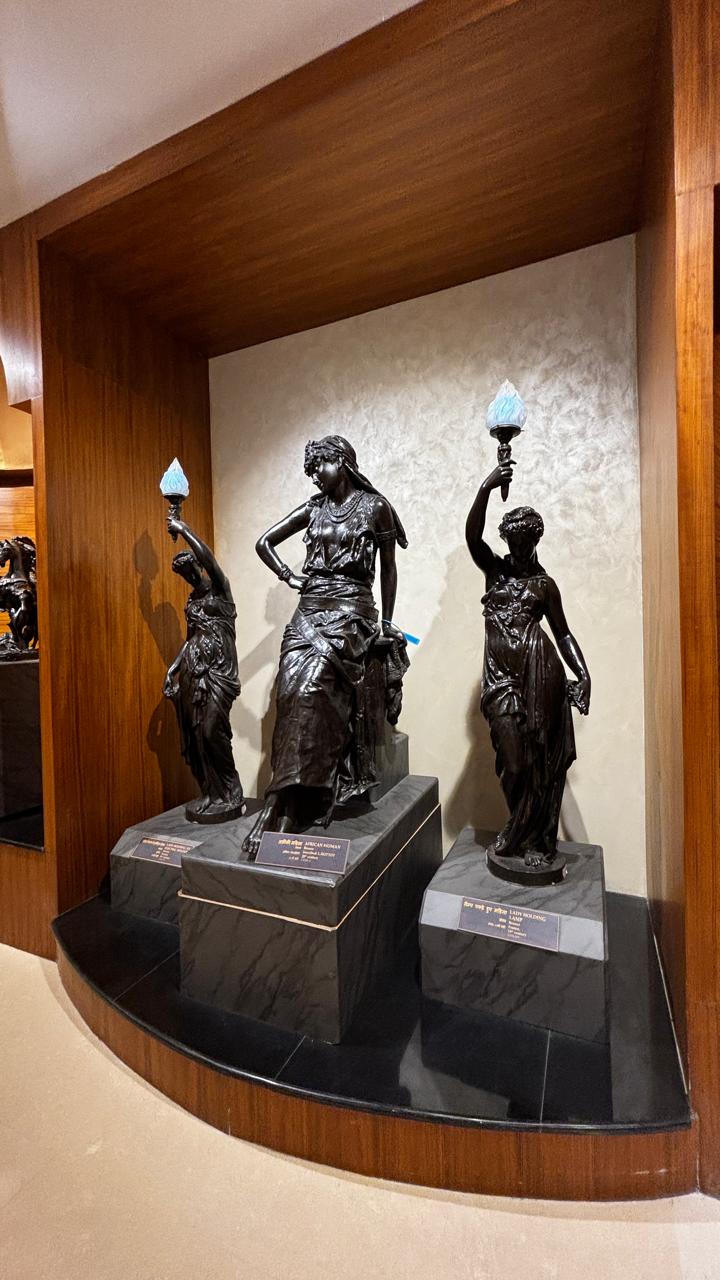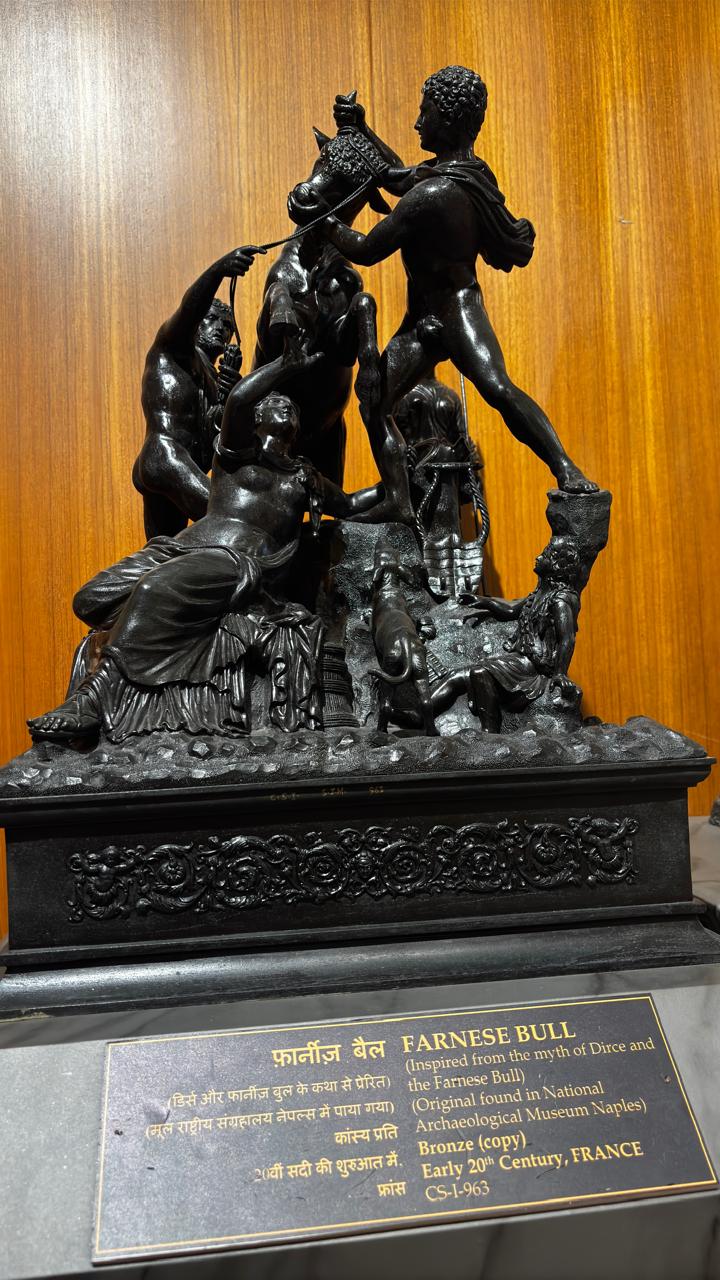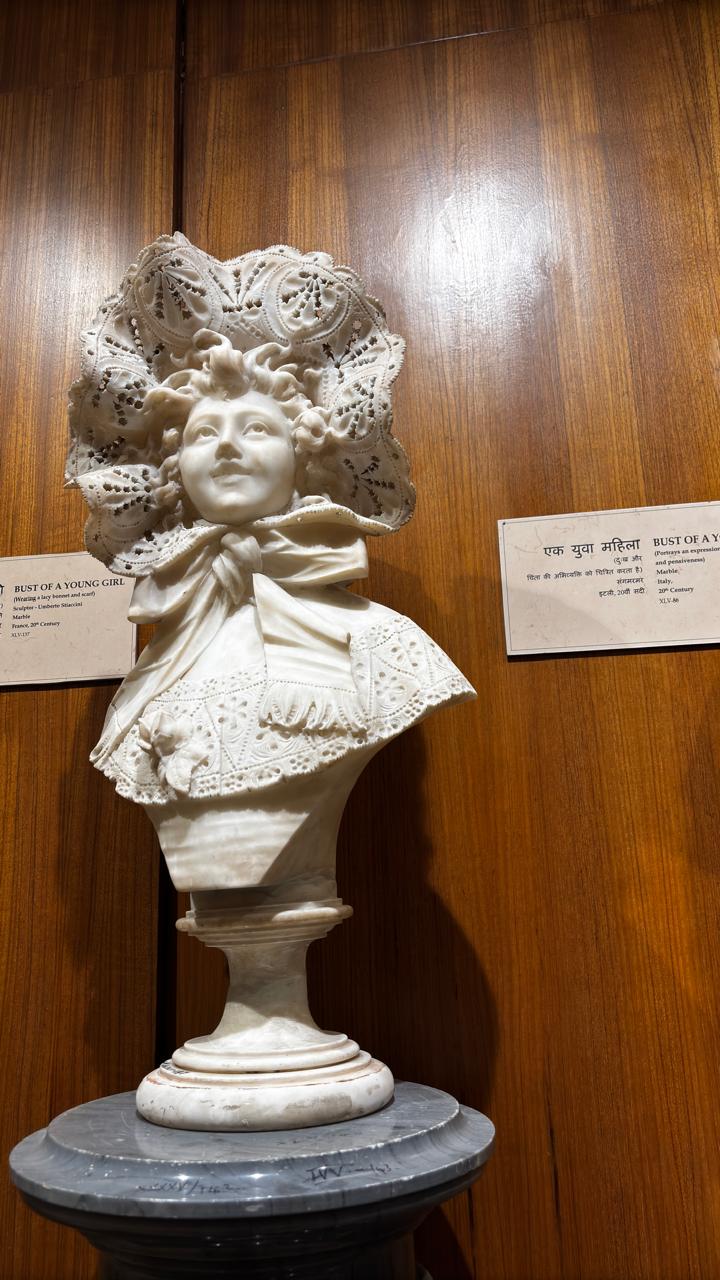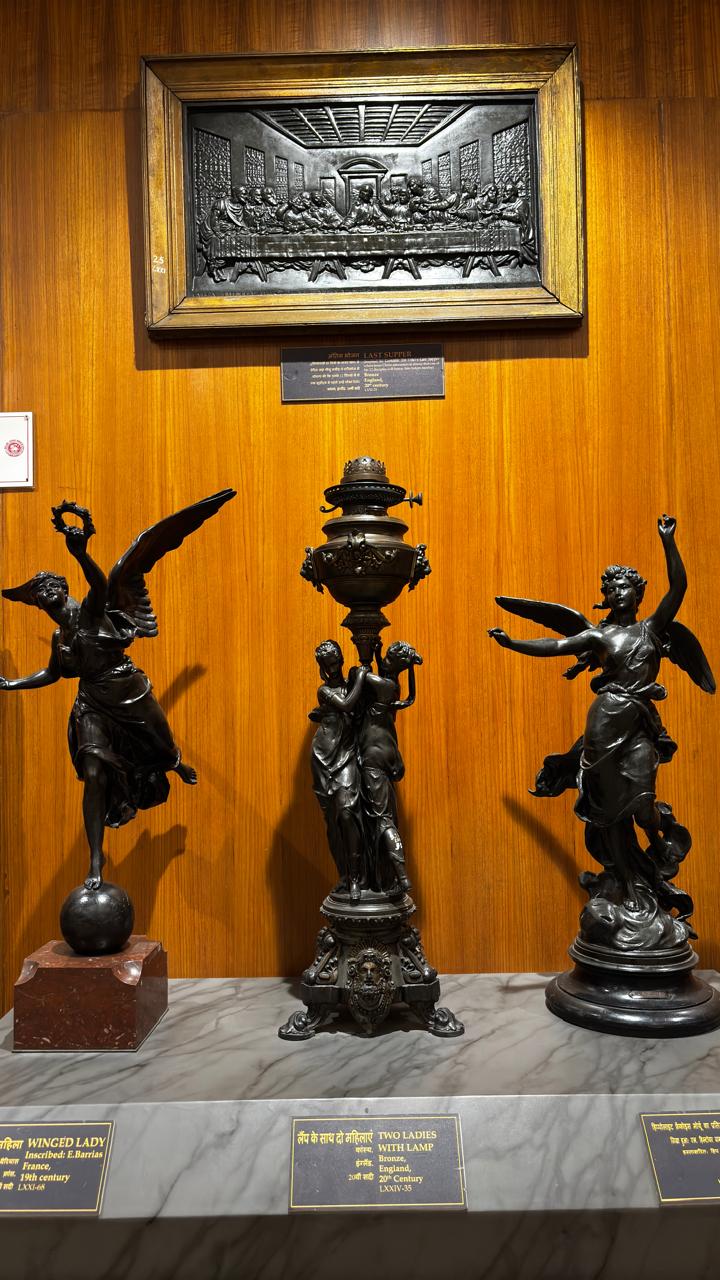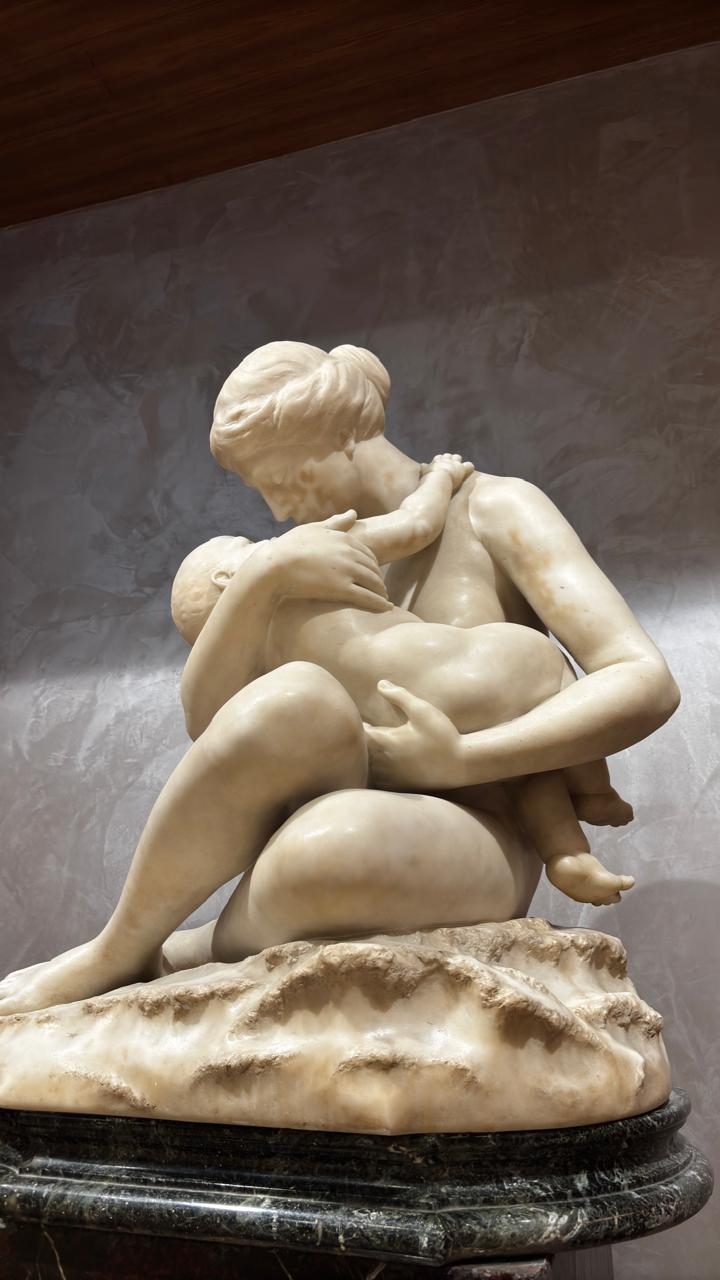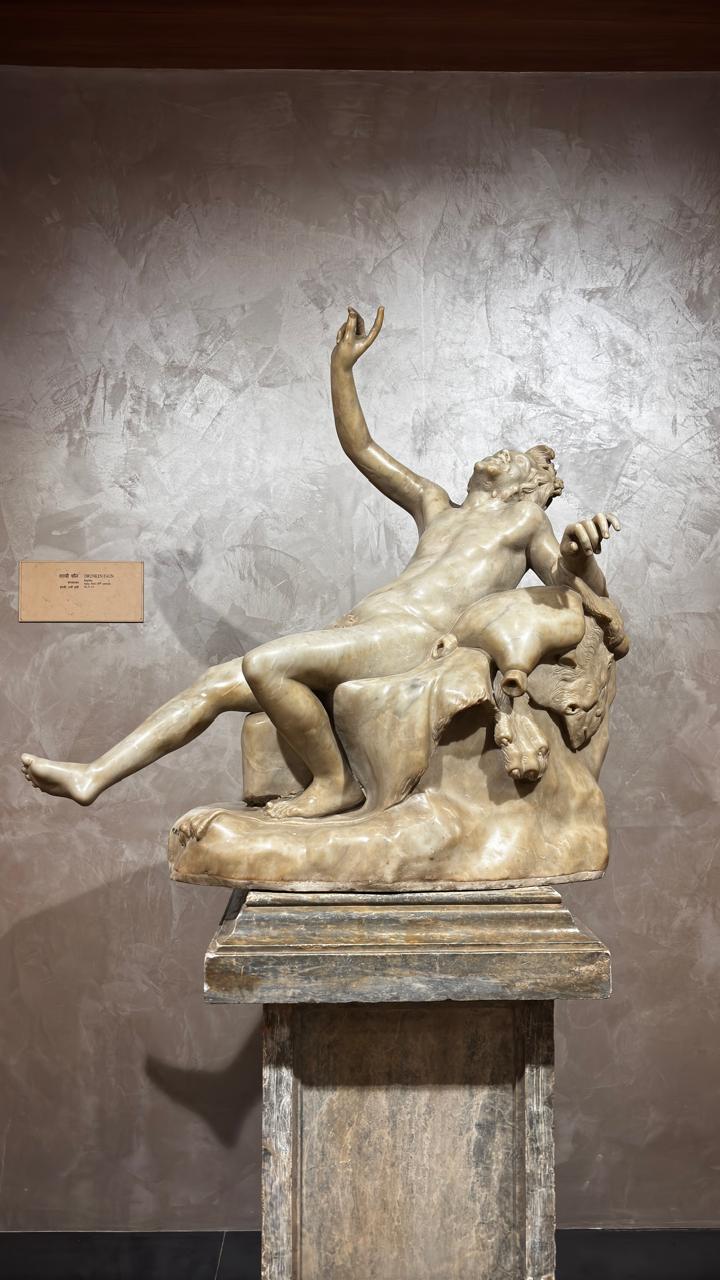Hello there!
Here is part two of our Roaming Hyderabad series. If you’ve not viewed the 1st part of this series, then I would recommend you do so and if you did, let’s move on to the next stop on our itinerary, the beautiful Charminar.
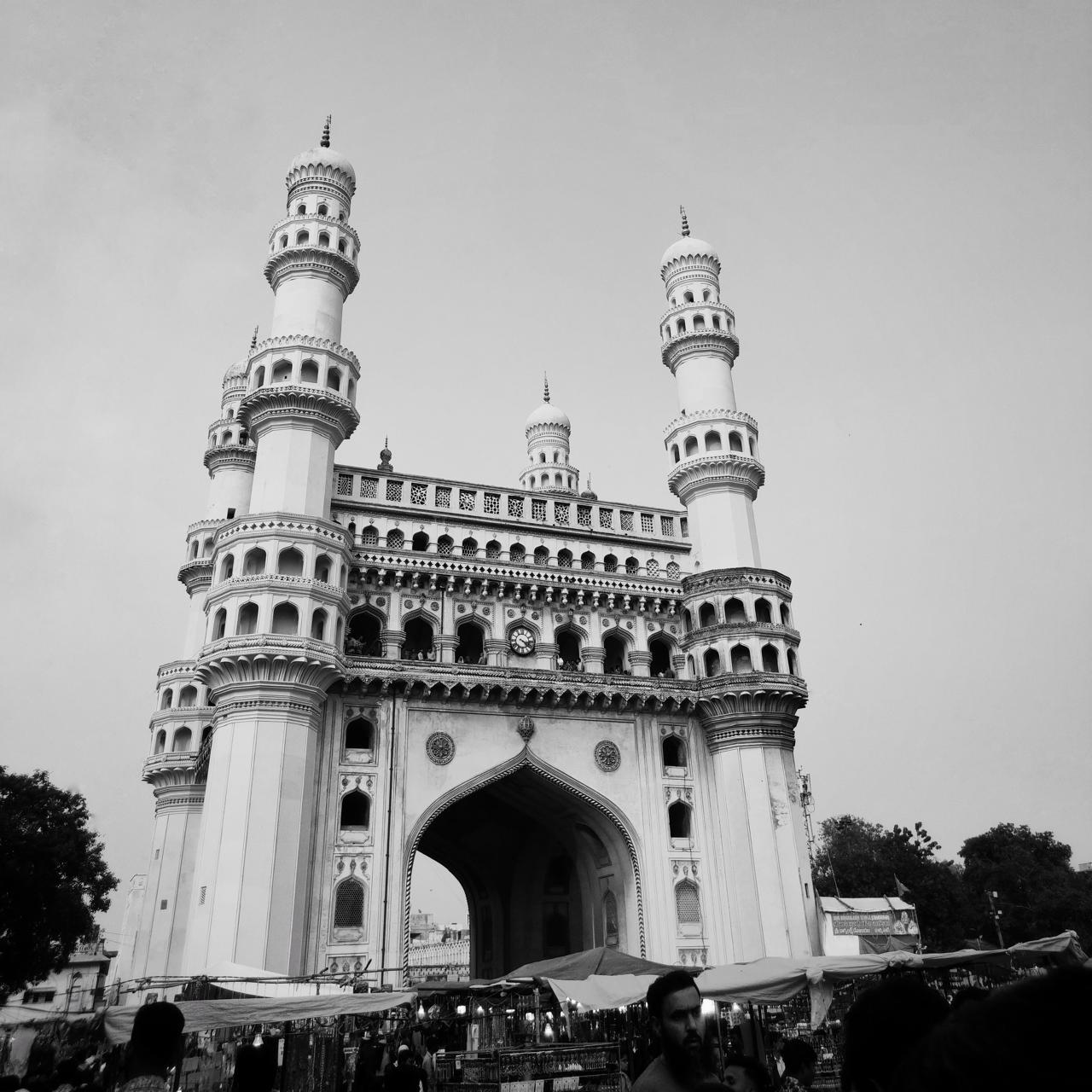
Located in the older Hyderabad area, this monument is incorporated in the emblem of Telangana. Built in the year 1591, this was constructed by the fifth ruler of the Qutb Shahi dynasty. It is widely accepted that Charminar was built at the center of the city, to commemorate the eradication of plague, a deadly disease which was widespread at that time.
|
|
|
|---|---|
|
|
|
I took these shots of Charminar and the surrounding areas in mono filter to give it a nostalgic essence.
The structure is made of granite, limestone, mortar, and pulverized marble, weighing approximately 14,000 tones apiece. Initially the monument was so proportionately planned that when the fort first opened, one could see all four corners of the bustling city of Hyderabad through each of its four grand arches, as each arch faced one of the most active royal ancestral streets.
Source
The structure is surrounded by a market named ‘Laad Bazaar’. It is well known for its jewellery, especially bangles and variety of other businesses. These Bazaar’s can get quite crowded since there happen to be around 14,000 shops around the structure!
|
|
|
|---|
We had a look around the bazaar and moved towards Charminar. This structure had the Indo-Islamic architecture style, like the Qutb Shahi Tombs. Each of the four sides has four grand arches and high minarets respectively. We had to go up a series of winding steps that leads to the upper floor. Another floor leading to the terrace was kept close to the public since it served as a mosque and a royal court during the ruling era.
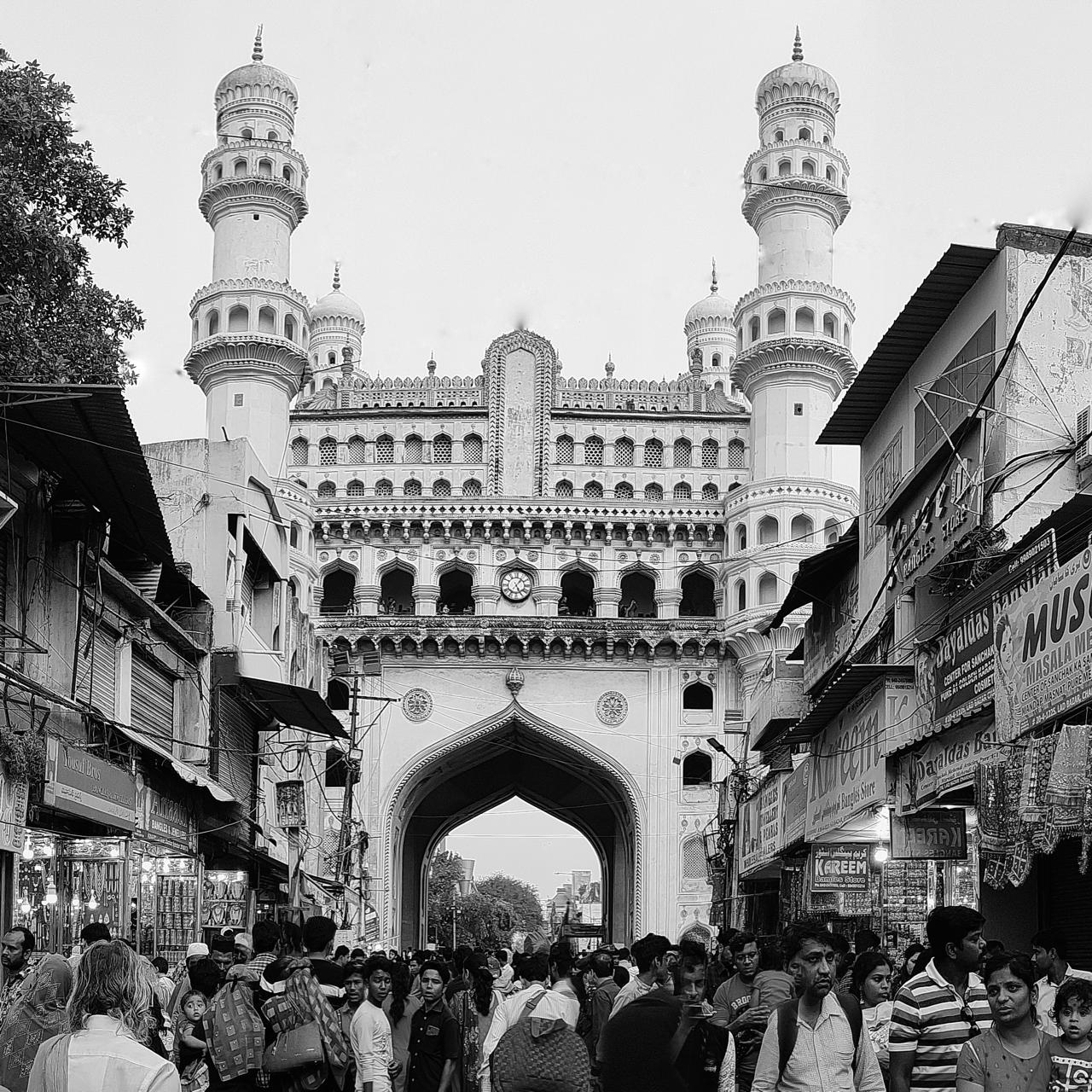
We soaked in the grandeur and beauty of it for a few minutes before moving on to the next stop- a beautiful palace called the Chowmahalla Palace, that is within walking distance from the Charminar. I’ve already posted about it a while ago, do have a check, you’ll love it!
After a very late lunch, my girlfriend and I decided to swing by a famous museum called the Salar Jung Museum.
Located in the same neighborhood, this is one of the most notable national Museum of India. The Salar Jung family were a noble family within the Nizami dynasty who ruled from 1720 to 1948. This family is well known for their private art gallery which is now displayed to the public in the Salar Jung Museum. This museum has various collections of sculptures, paintings, carvings, textiles, manuscripts, ceramics, metallic artefacts, carpets, clocks, and furniture from all around the world. It is one of the largest museums in the world.
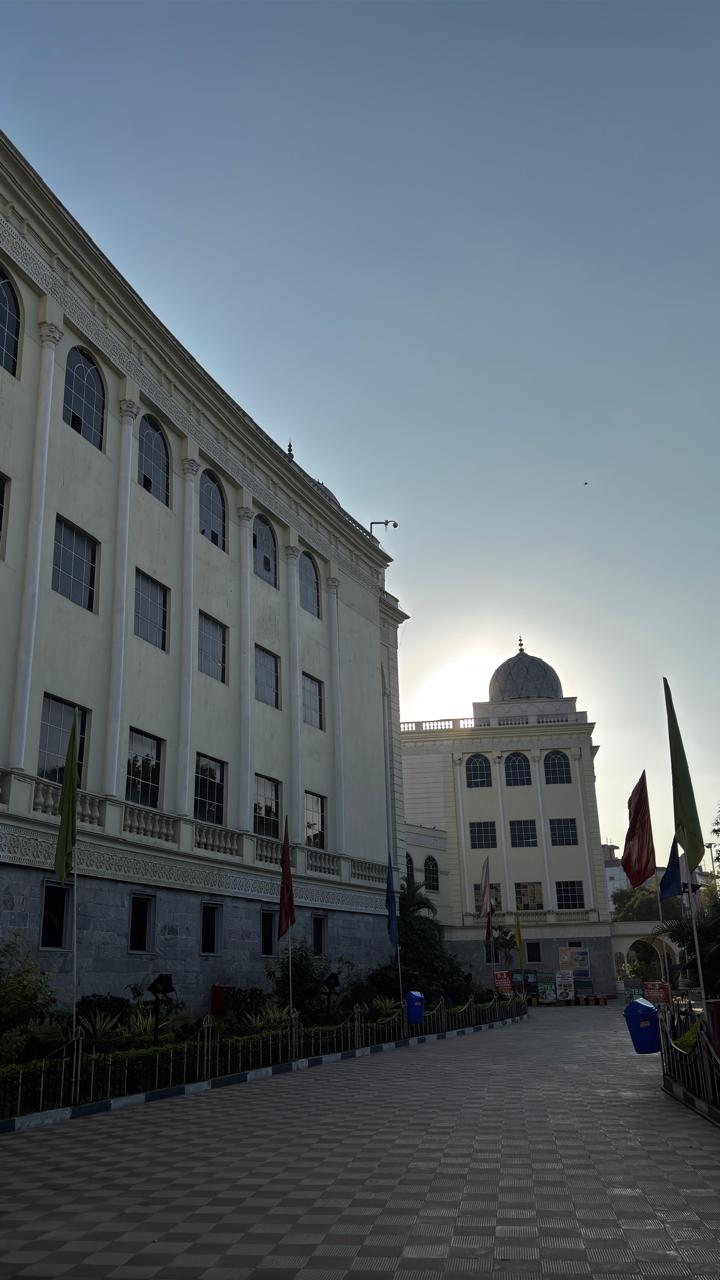
The museum was sifted from many different locations and curated according to type/country of origin in its current location. The old timers believe that the present collection constitutes only half of the original art wealth collected by the family. Over the period, the Kings employees had illegally sold many for their own profit.
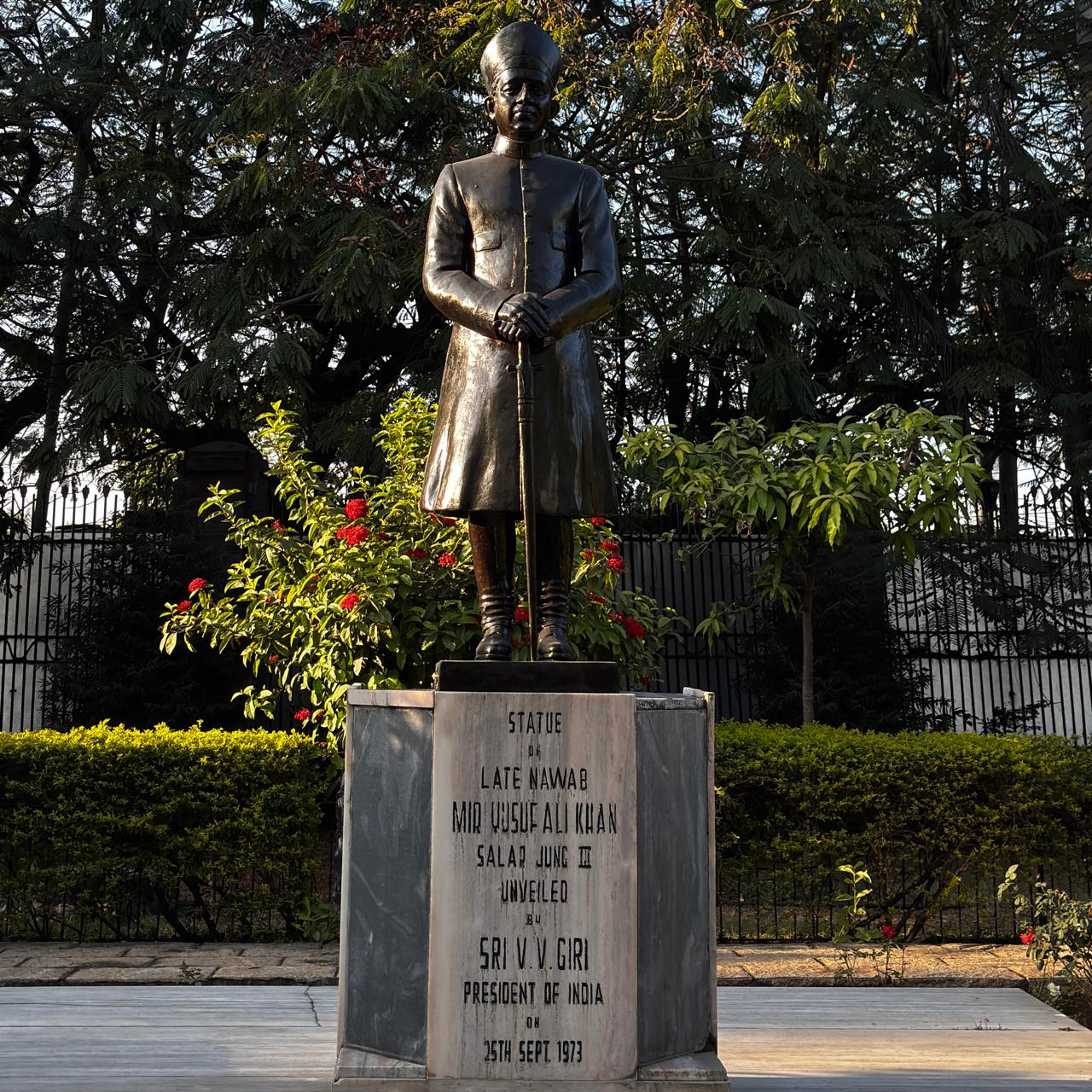
We paid a price of 50 INR (0.58 USD) per person and another 50 INR (0.58 USD) for clicking images on my phone. You can find more info on the museum here.
|
|
|
|---|
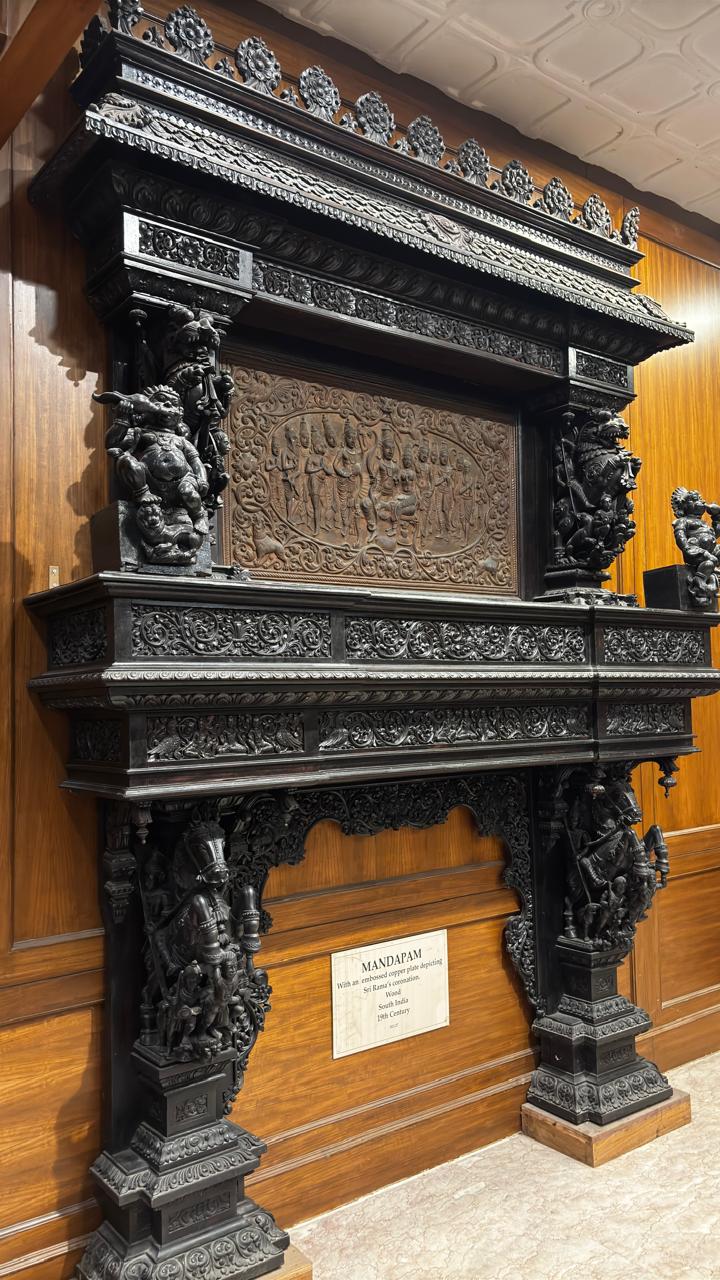
|
|
|
|
|---|
|
|
|
|---|
As we entered, we were taken to the Indian art section including a Bronze Collection and Minor Arts from the South of India. These collections were from various periods and displayed the wonderful skills of ancient India. I was in awe with the minor arts since these were small and detailed artwork done on wood. The art was displayed on cabinets, furniture, door panels, images of Hindu gods/goddesses and much more. These were mainly carved out of rose wood and sandal wood and captured the chiseling skills and exquisite workmanship of that time perfectly.
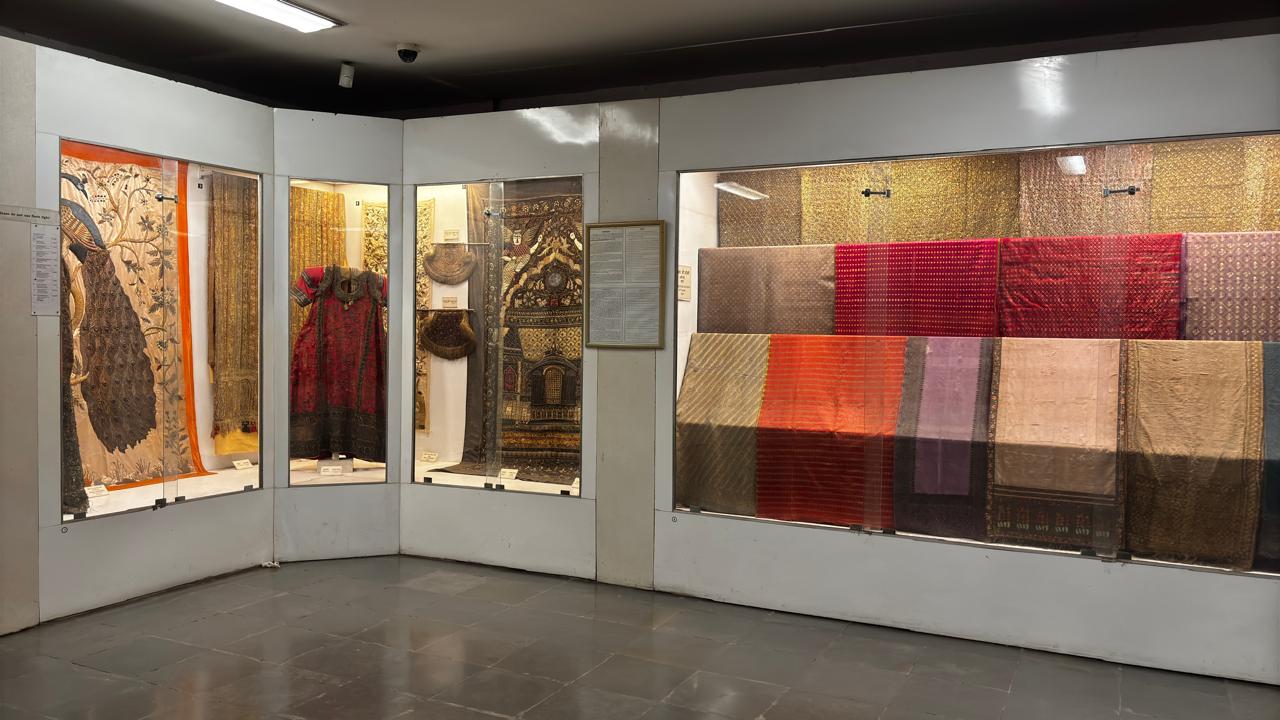
We moved into the next room that consisted of Indian Textiles and Moghul glasses. This room had very dim lights to protect the fabrics that have been well preserved since 1761.
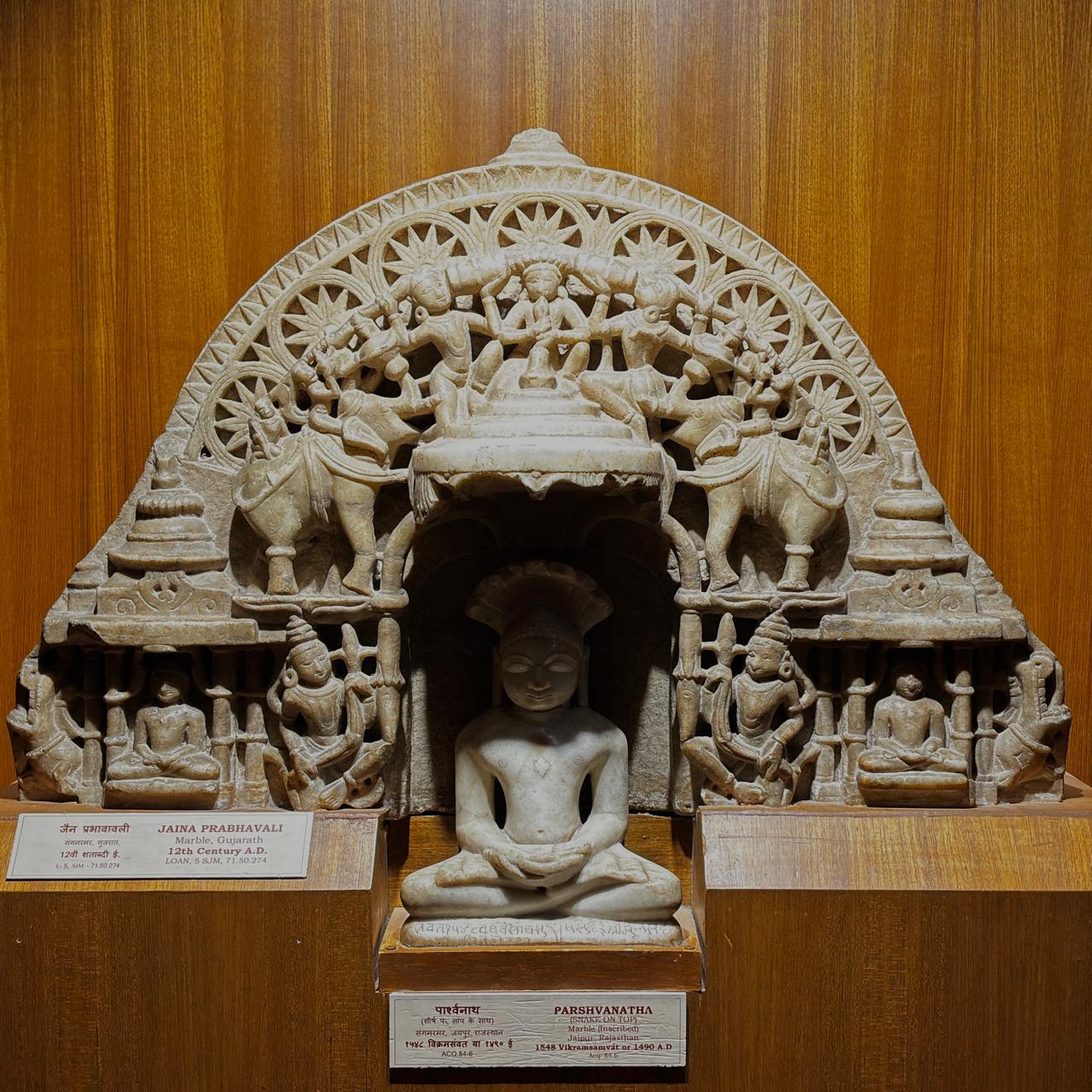
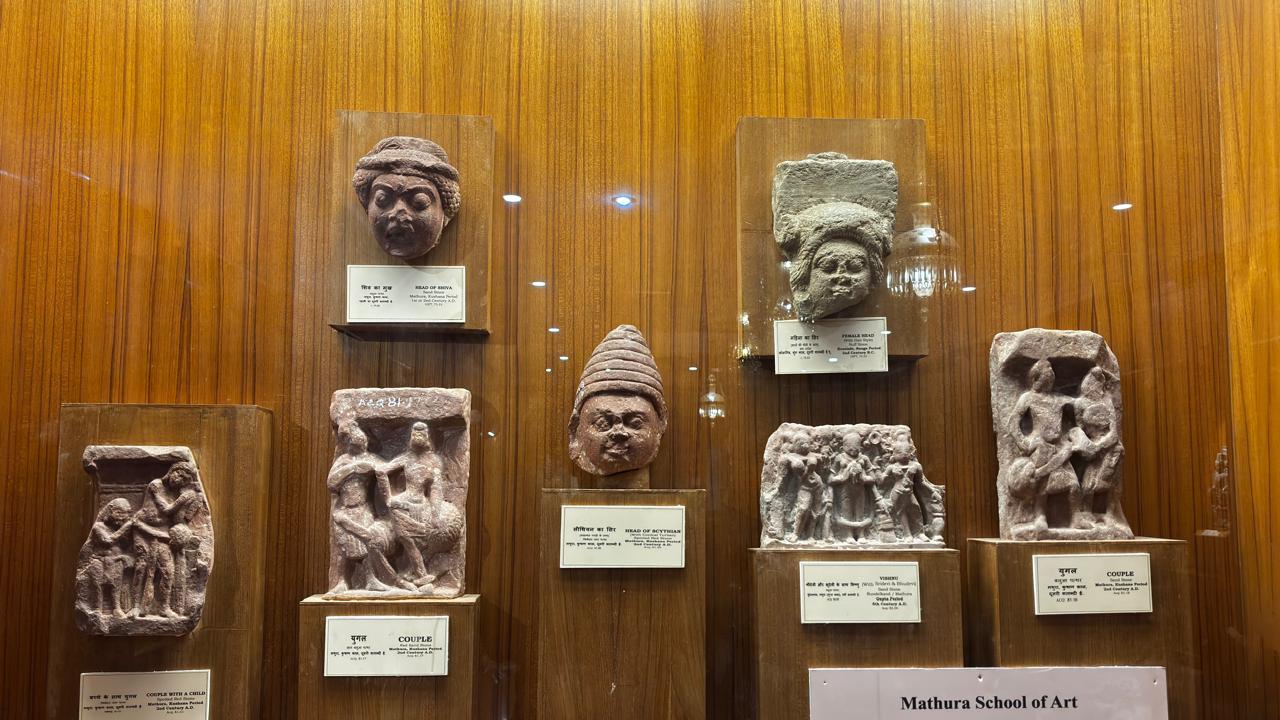
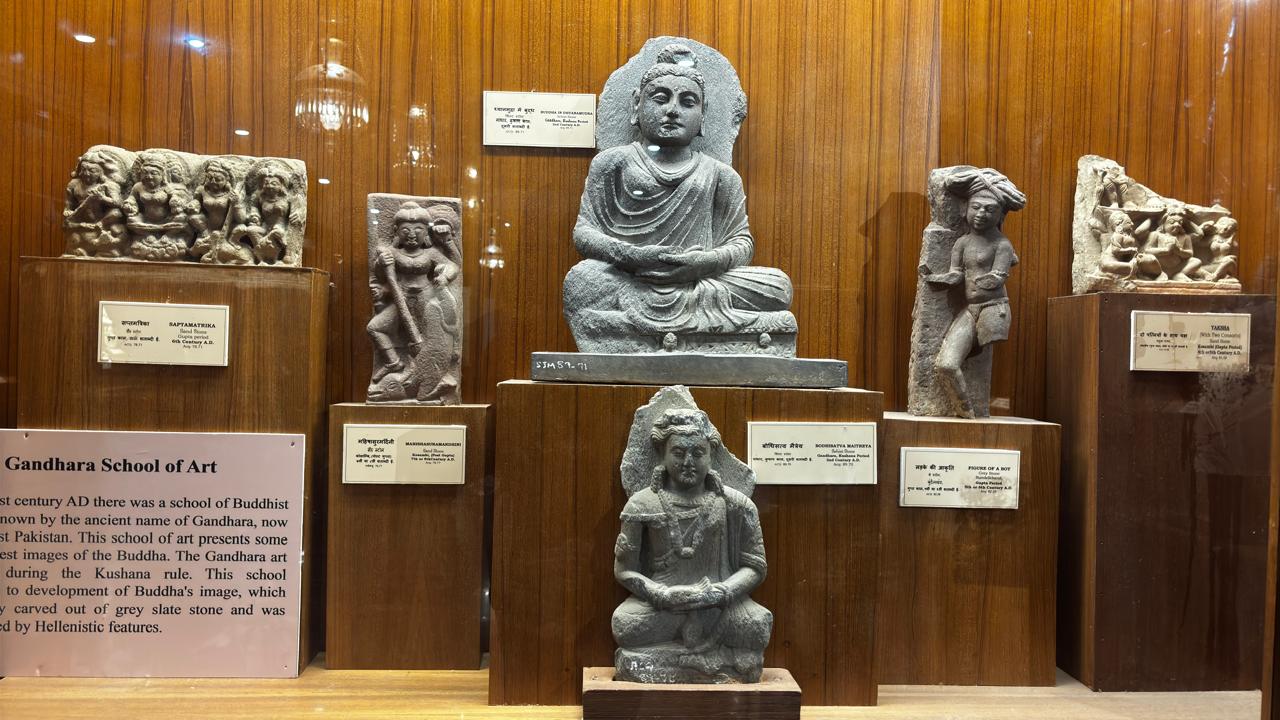
We moved into the next section - Indian stone sculptures. Some of these sculptures that are on display date back to 1-2 B.C! During this time, the Indian subcontinent had a few art schools which taught to make these sculptures that are now in display.
|
|
|
|---|
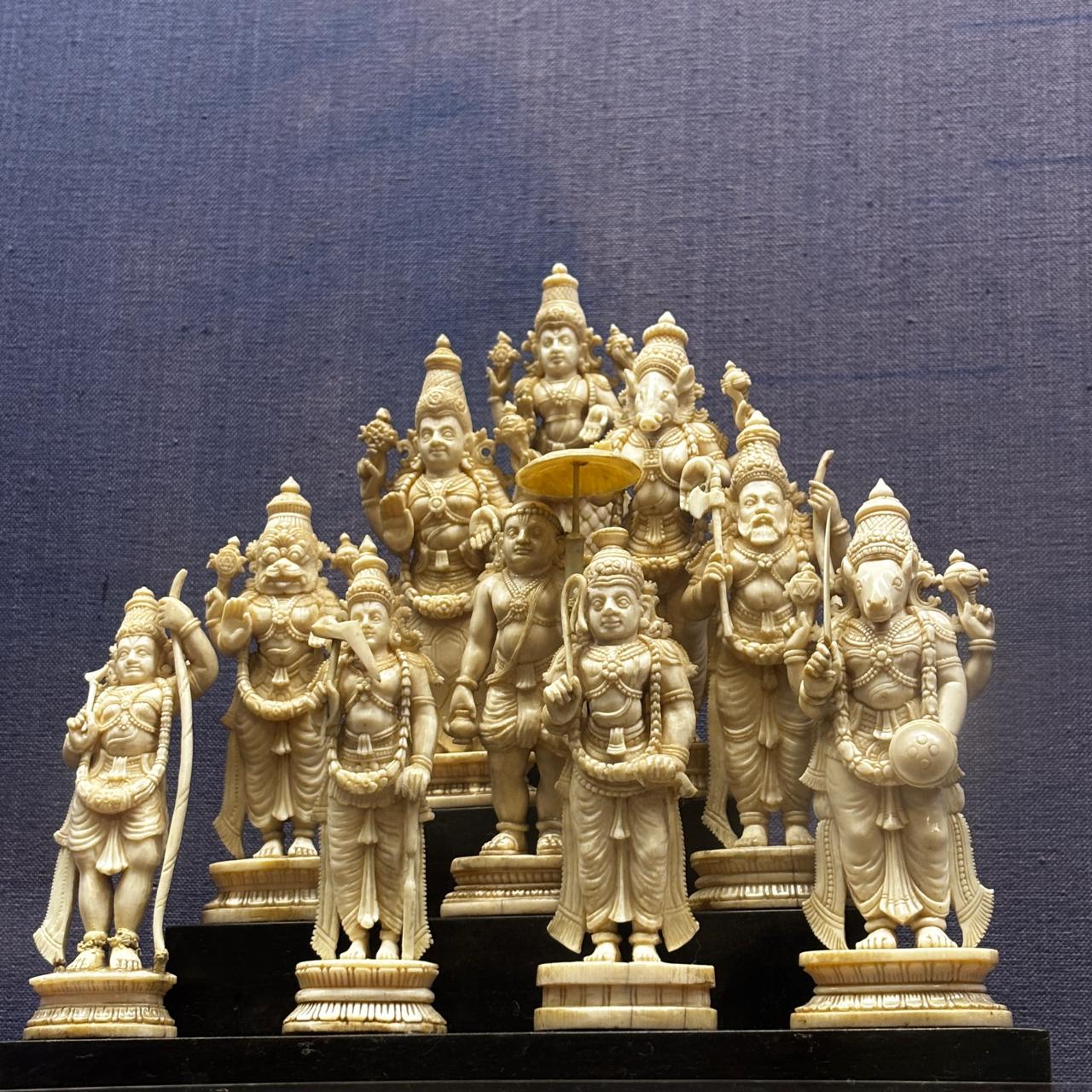
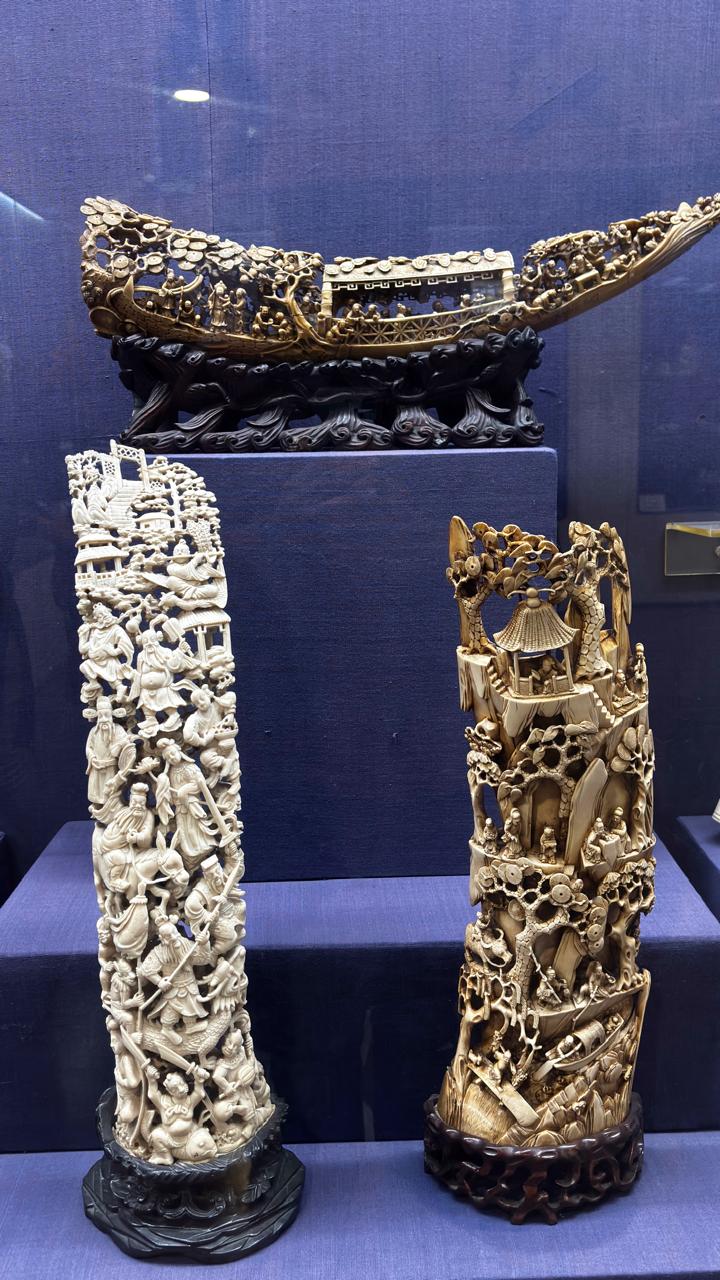
|
|
|
|---|
|
|
|
|---|
Completely amazed, I moved to the next room which was the Ivory room. A room filled with artwork made from Elephant Ivory. While the cruelty to the elephants sickens me, there’s no denying the skill and the precision that these artists had. From carving artwork to miniature models to even making an Ivory Mat, this truly spoke how advanced our ancestors were in processing the raw material into serious art.
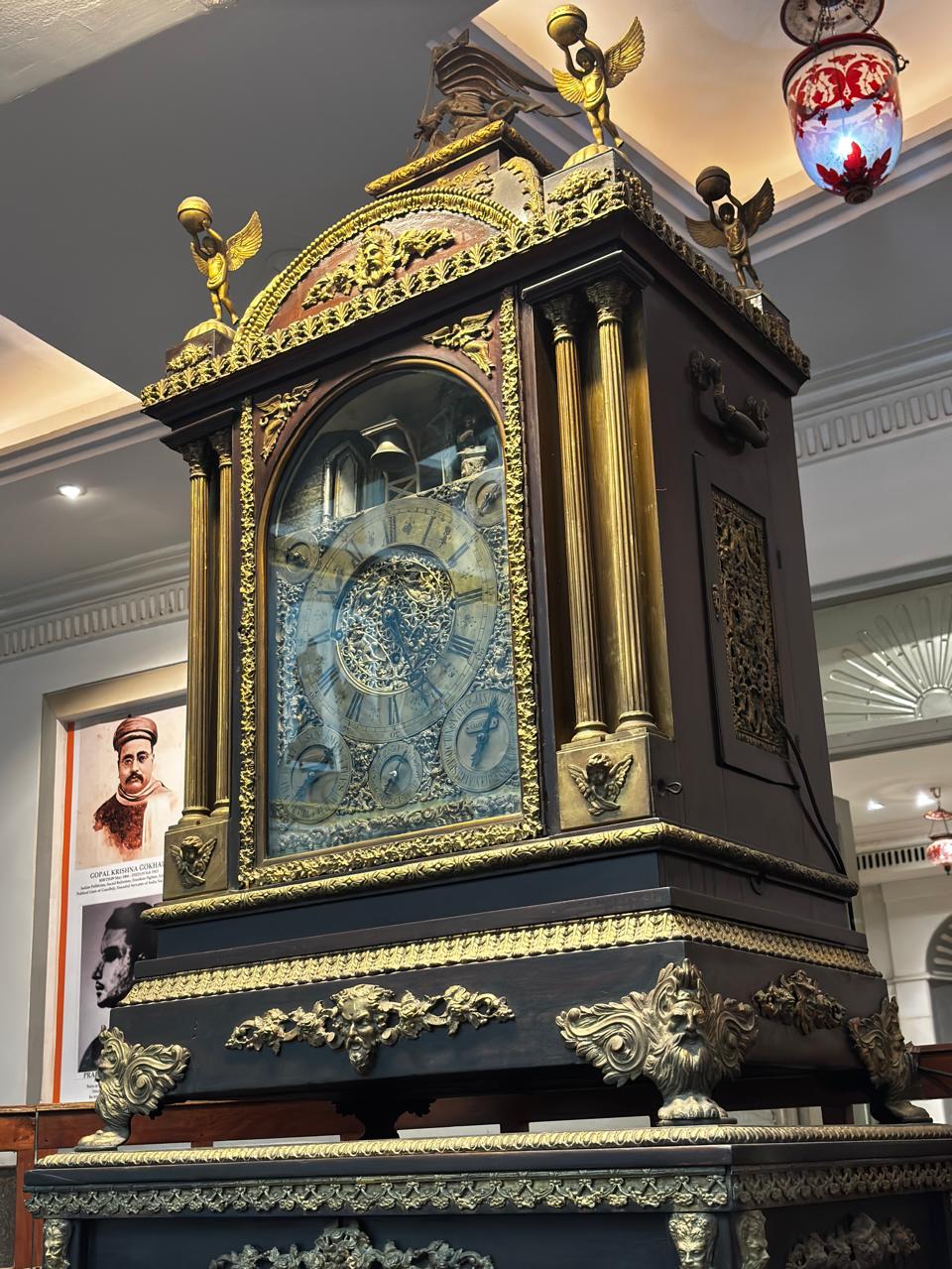
We were stopped by a musical clock which was bought from Cook and Kelvey of England in the 19th Century. This beautifully designed clock has a miniature blacksmith who works according to the seconds hand, and a timekeeper emerges and strikes as many times as it is the hours of the day. This clock has a whopping 350 parts inside.
|
|
|
|---|---|
|
|
|
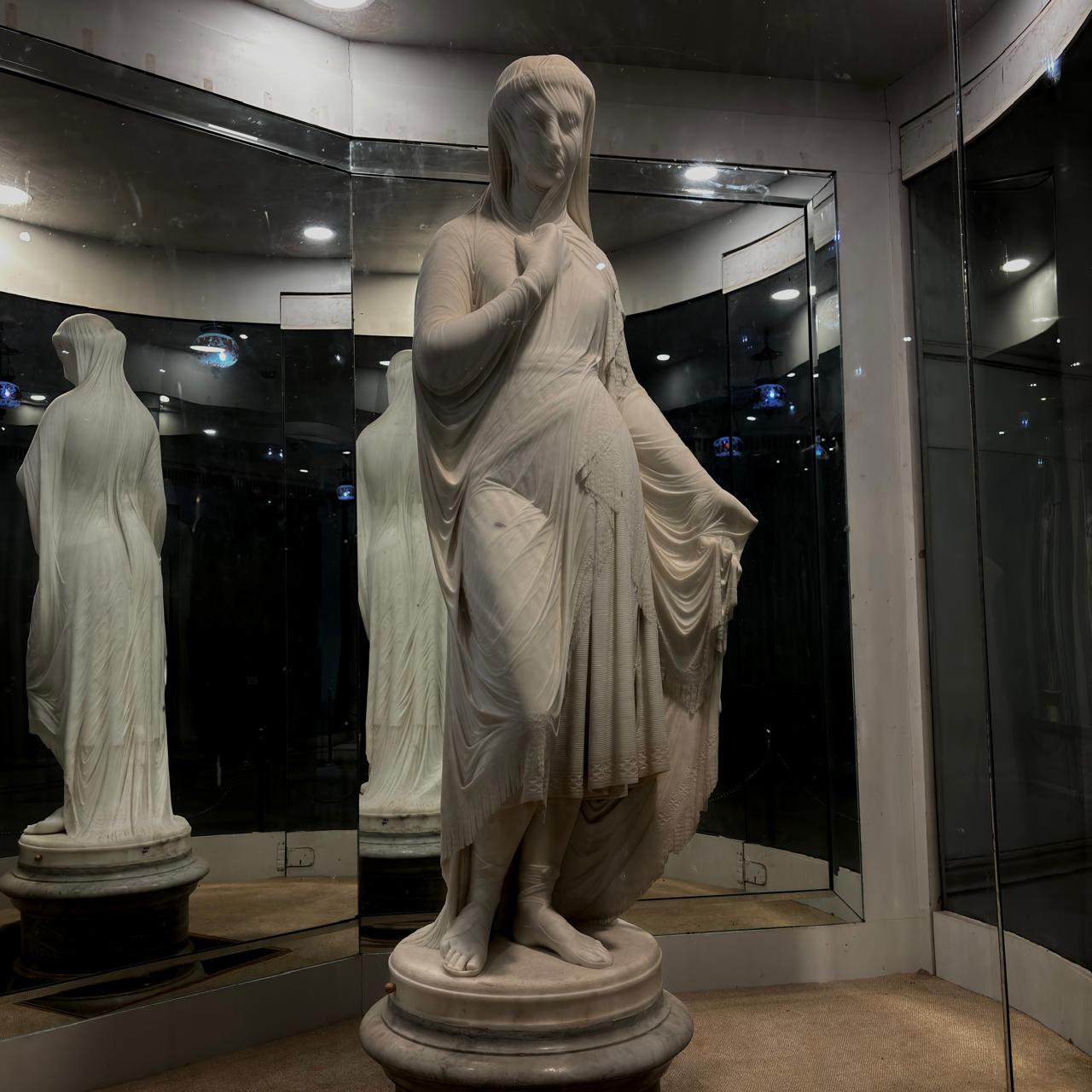
We moved to a beautiful section called the Veiled Rebecca exhibit. There were multiple marble sculptures made by Giovanni Maria Benzoni and in the centre was the gorgeous structure- the Veiled Rebecca that depicts the biblical figure of Rebecca. The sculpture is of a woman with a veil on her face, and how marble can be carved so as to look like a thin veil, I’ll never know.
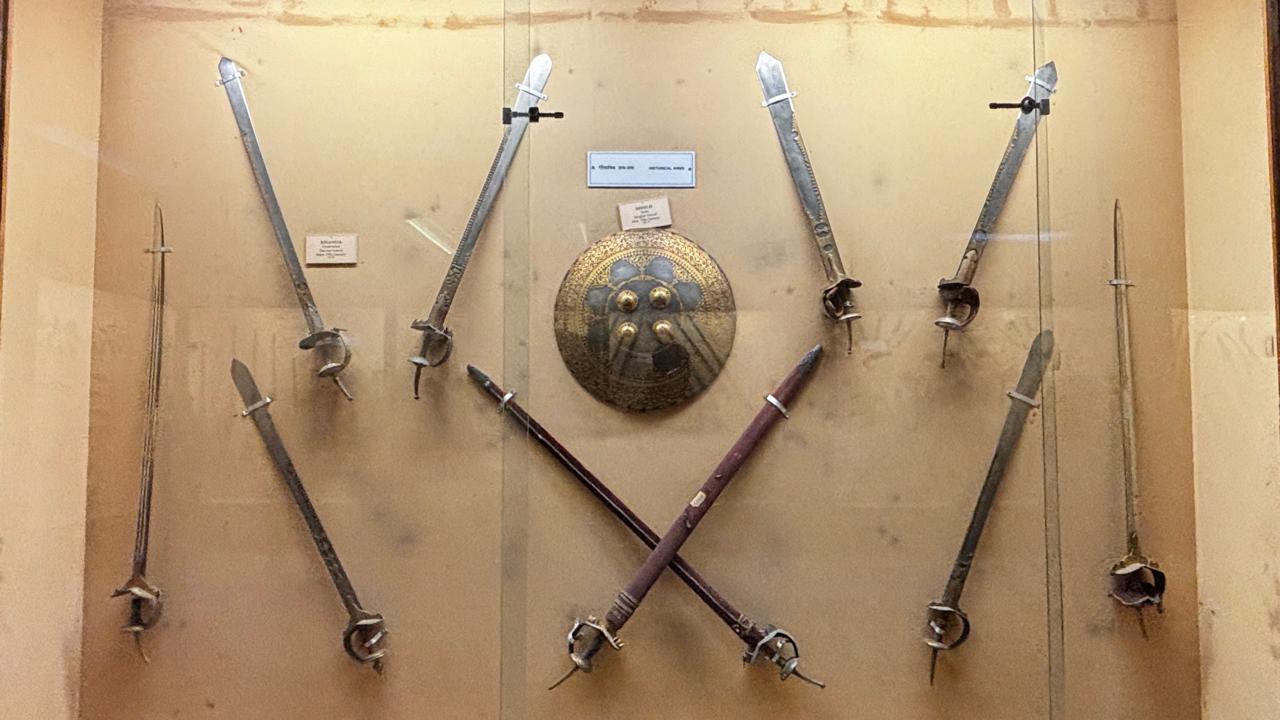
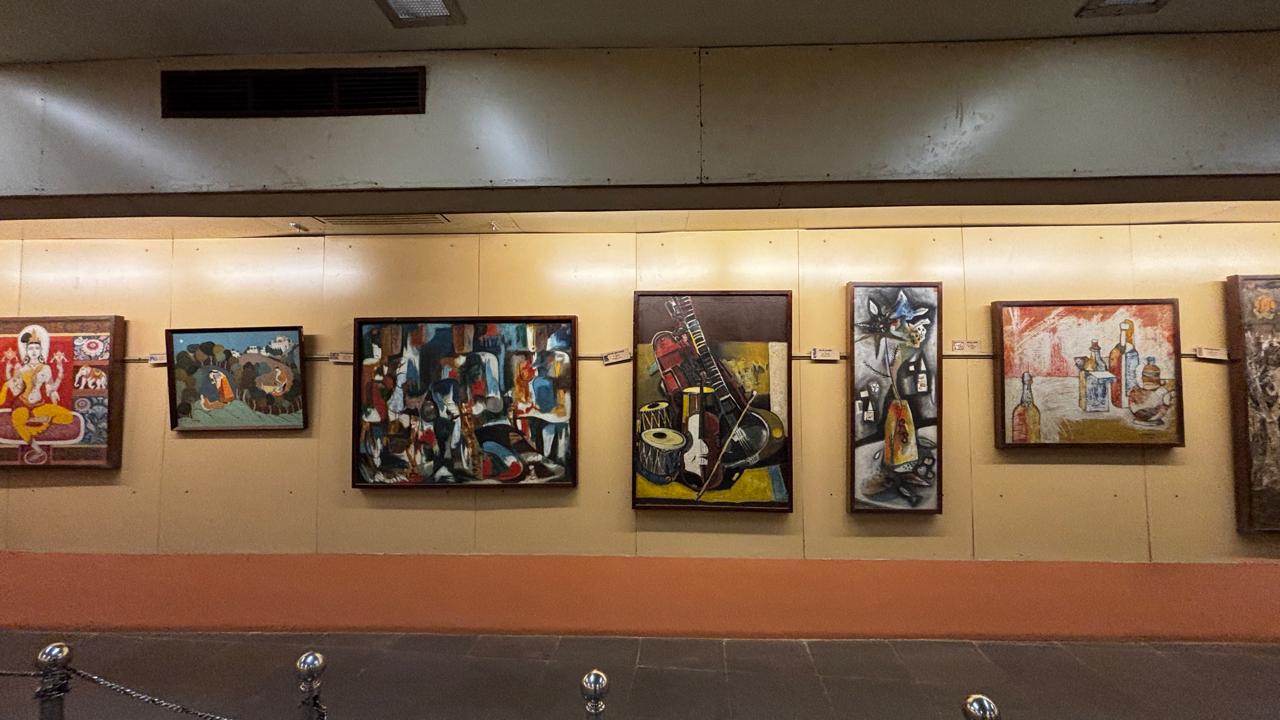
We quickly made our way to the Indian arms and armour gallery and the Indian oil painting before we were advised by one of the caretakers to quickly view the first floor as the museum would close shortly. We had entered the museum at 4 PM and realised that the museum closes at 5 PM. We rushed to the upper floor and given a time crunch, we had to choose between viewing Western World Exhibits or the Eastern World Exhibits.
We chose the option to visit the Western one and entered the first gallery- European Paintings.
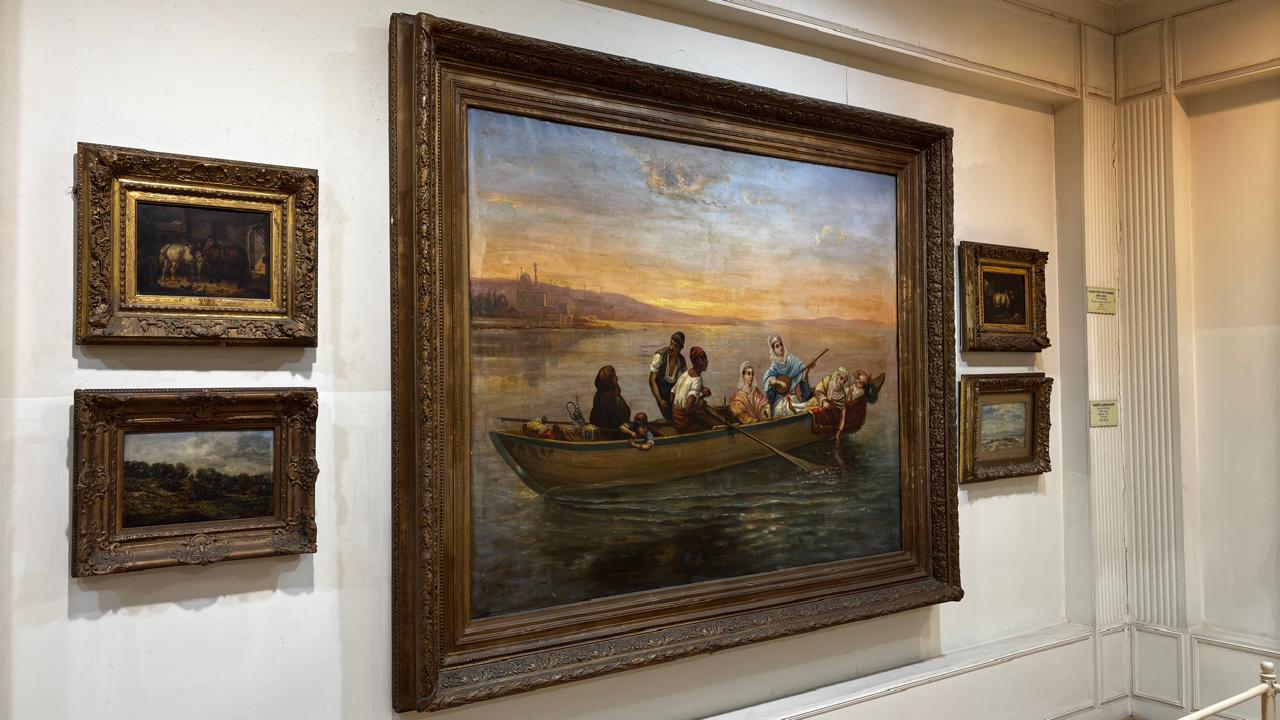
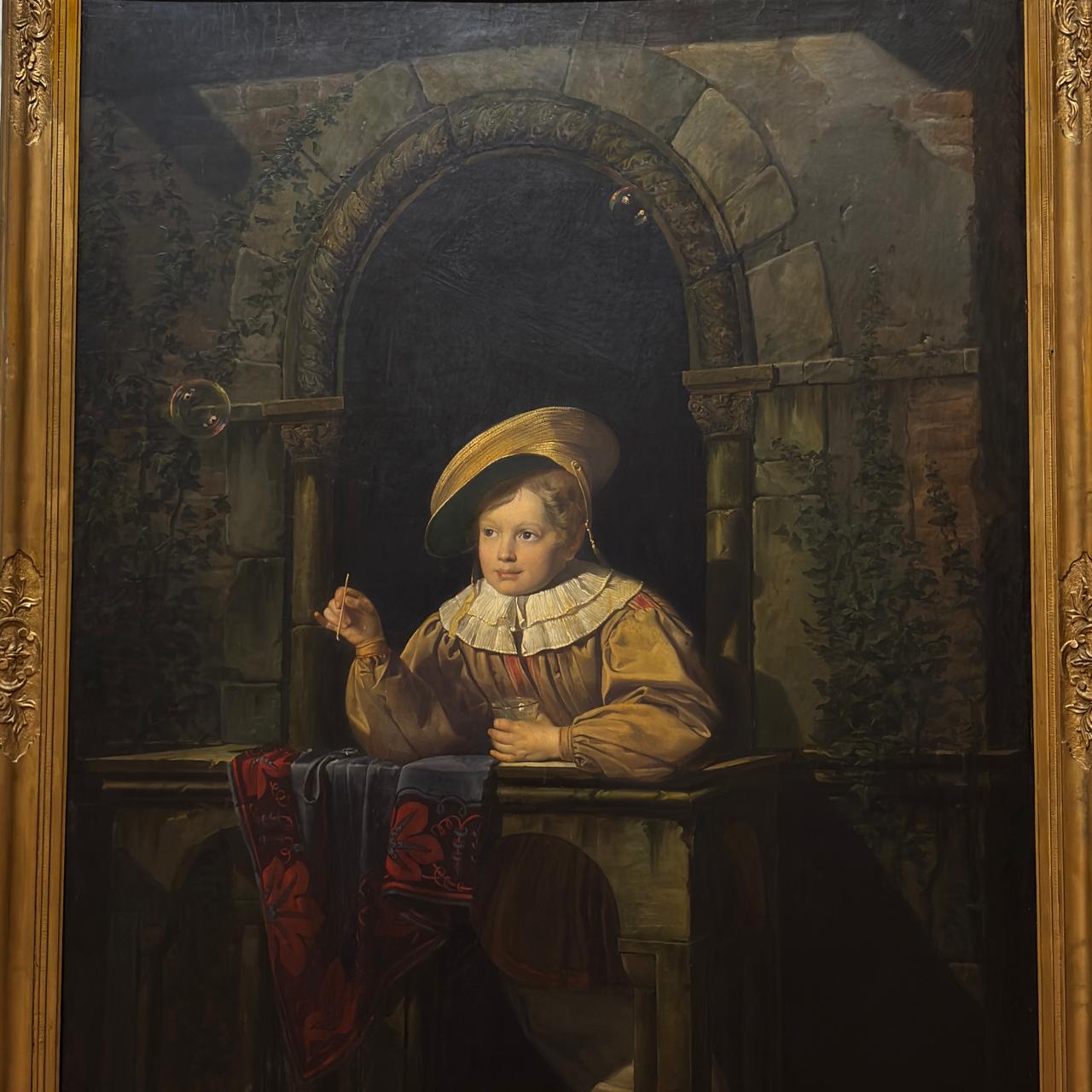
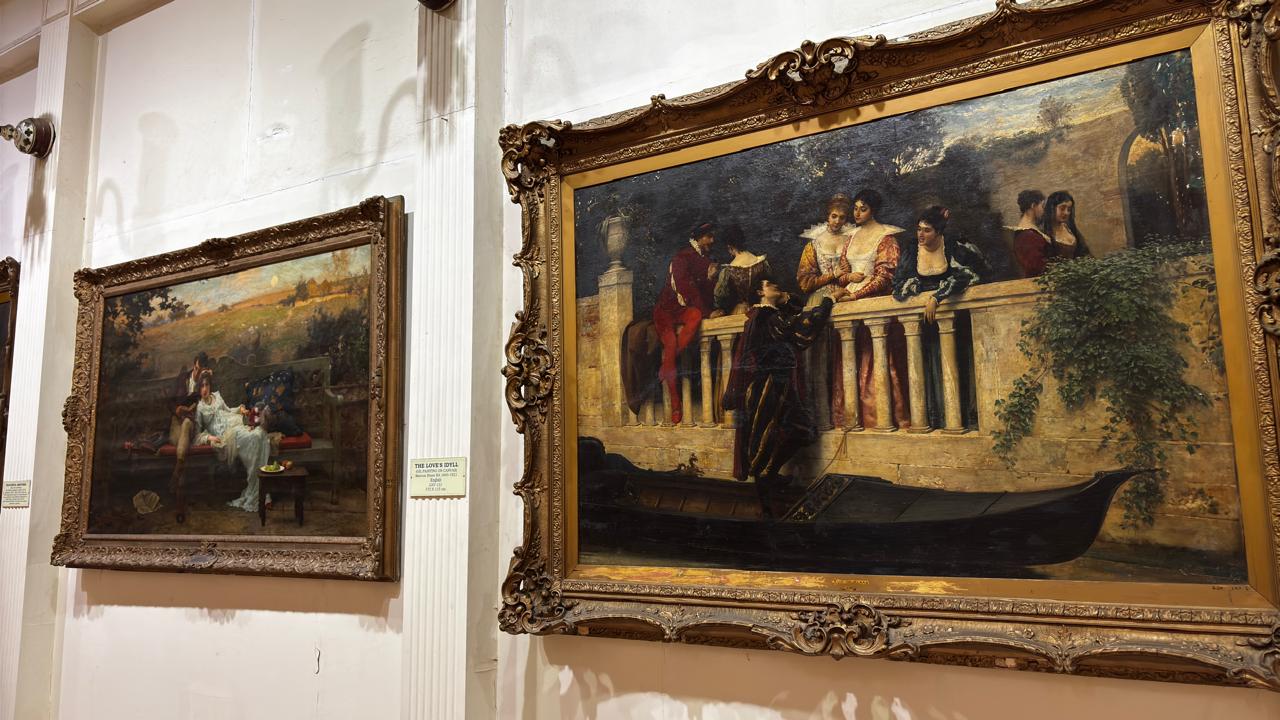
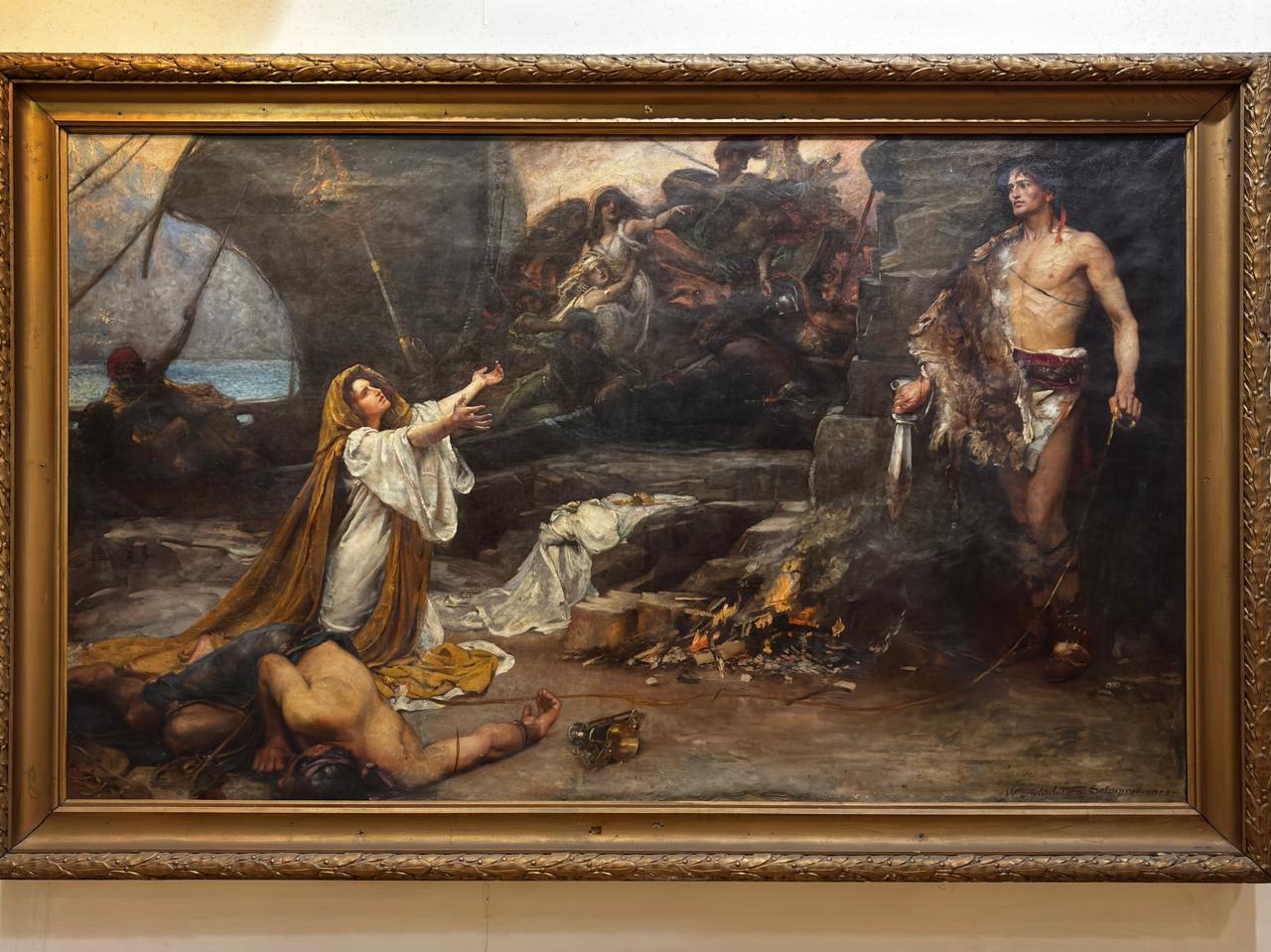
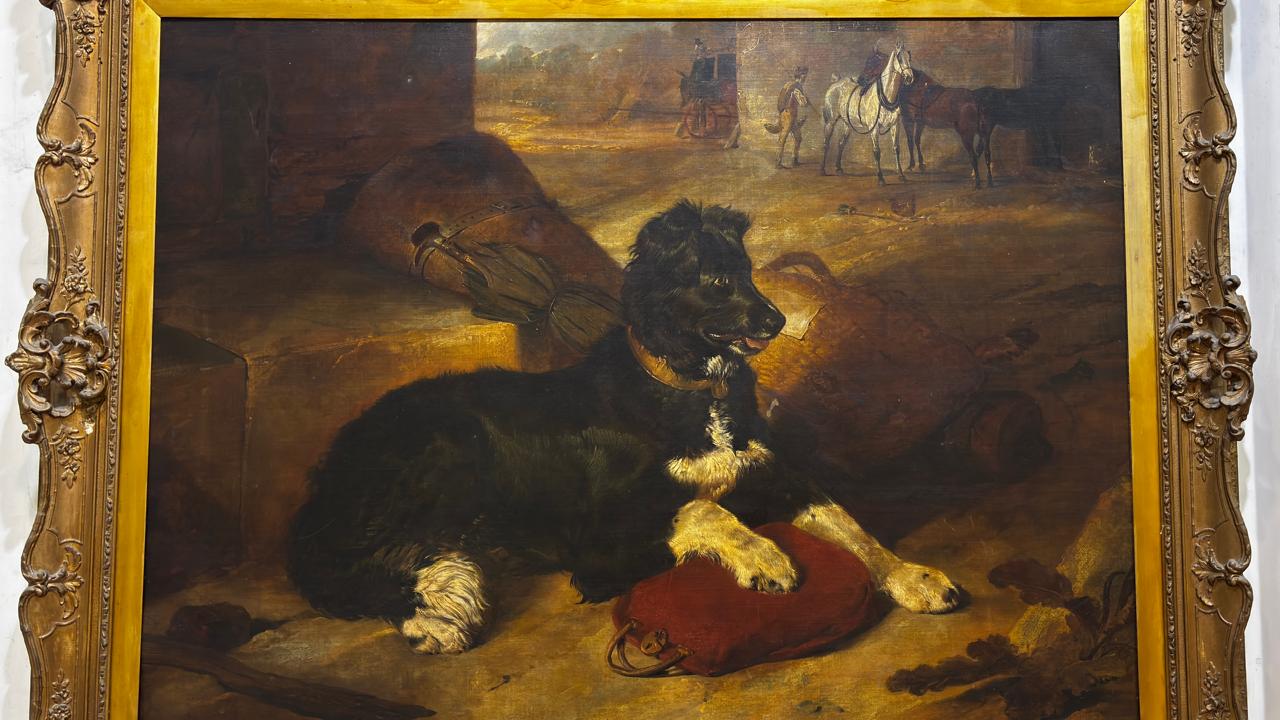
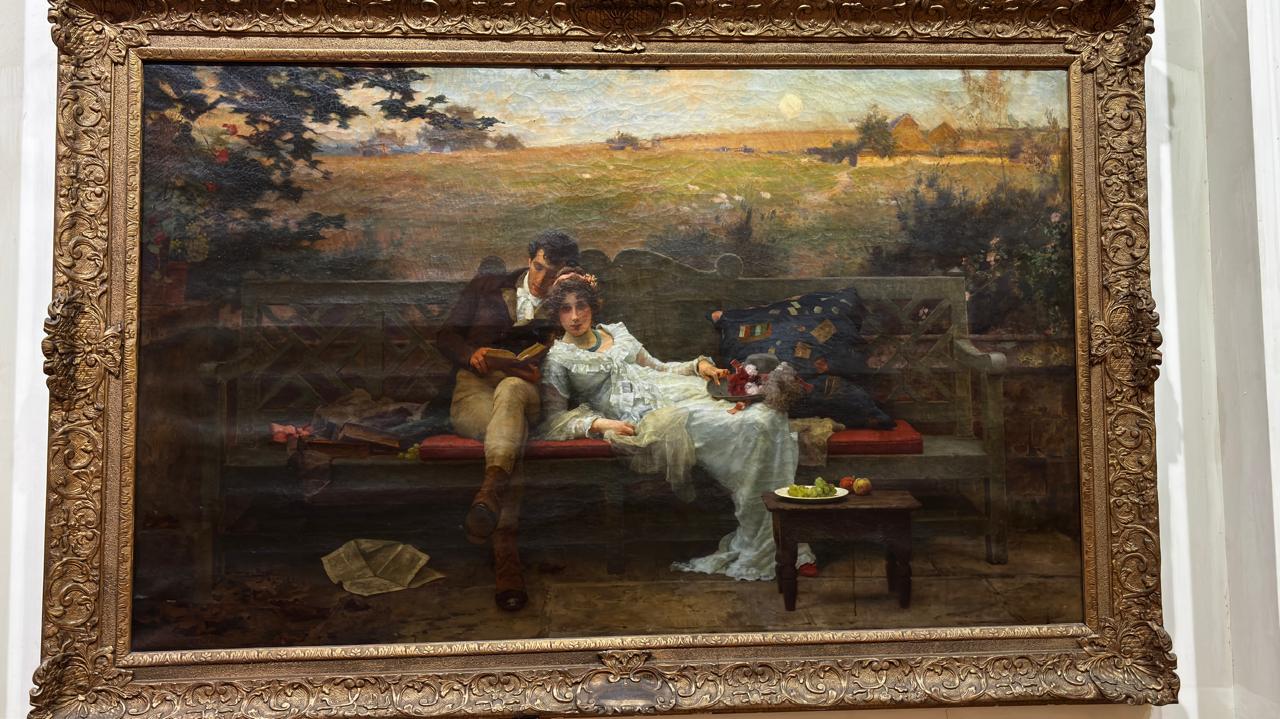
The walls were lined with beautiful oil painted canvases, done mainly by British artists in the 19th century.
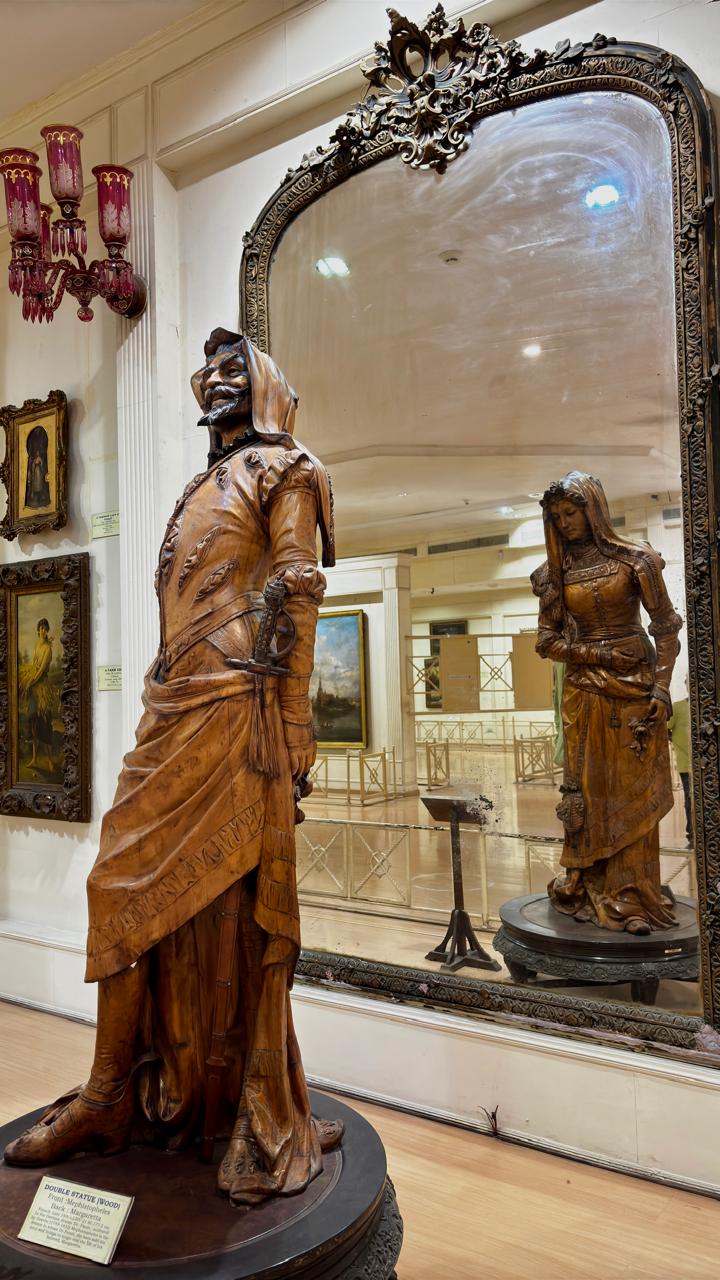
We also came across the double statue which was made entirely of wood during the late 19th century.
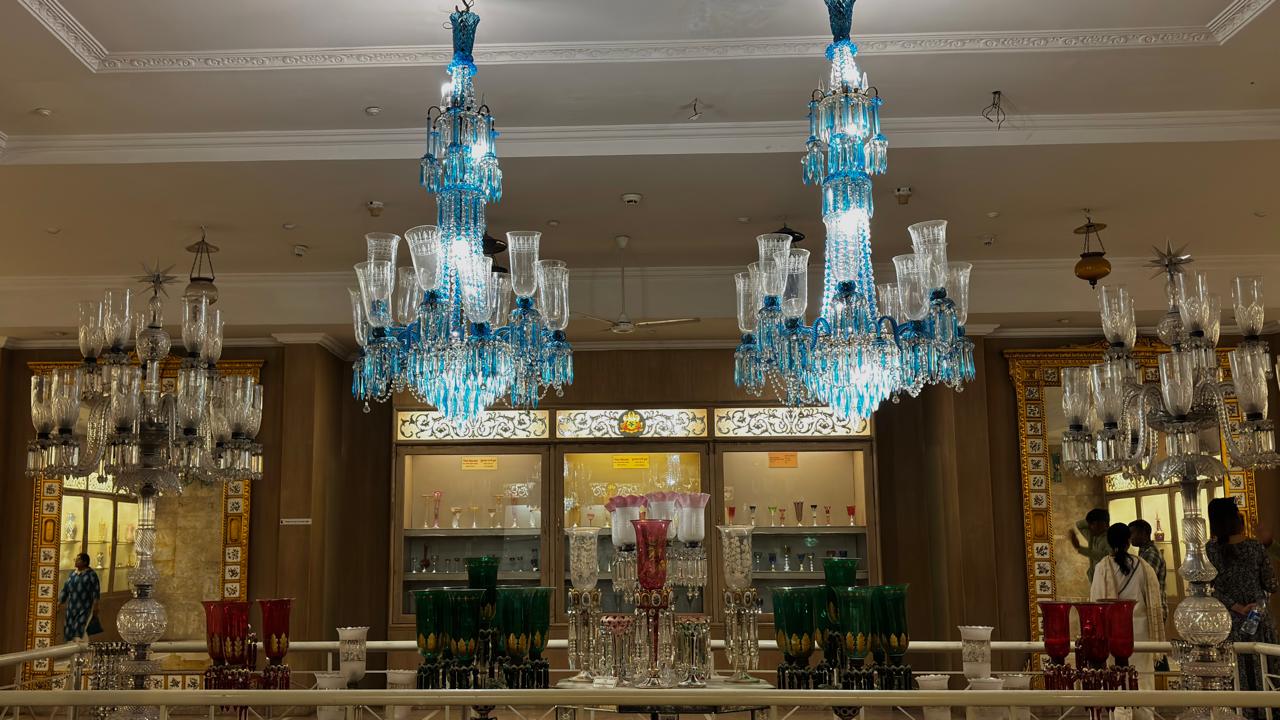
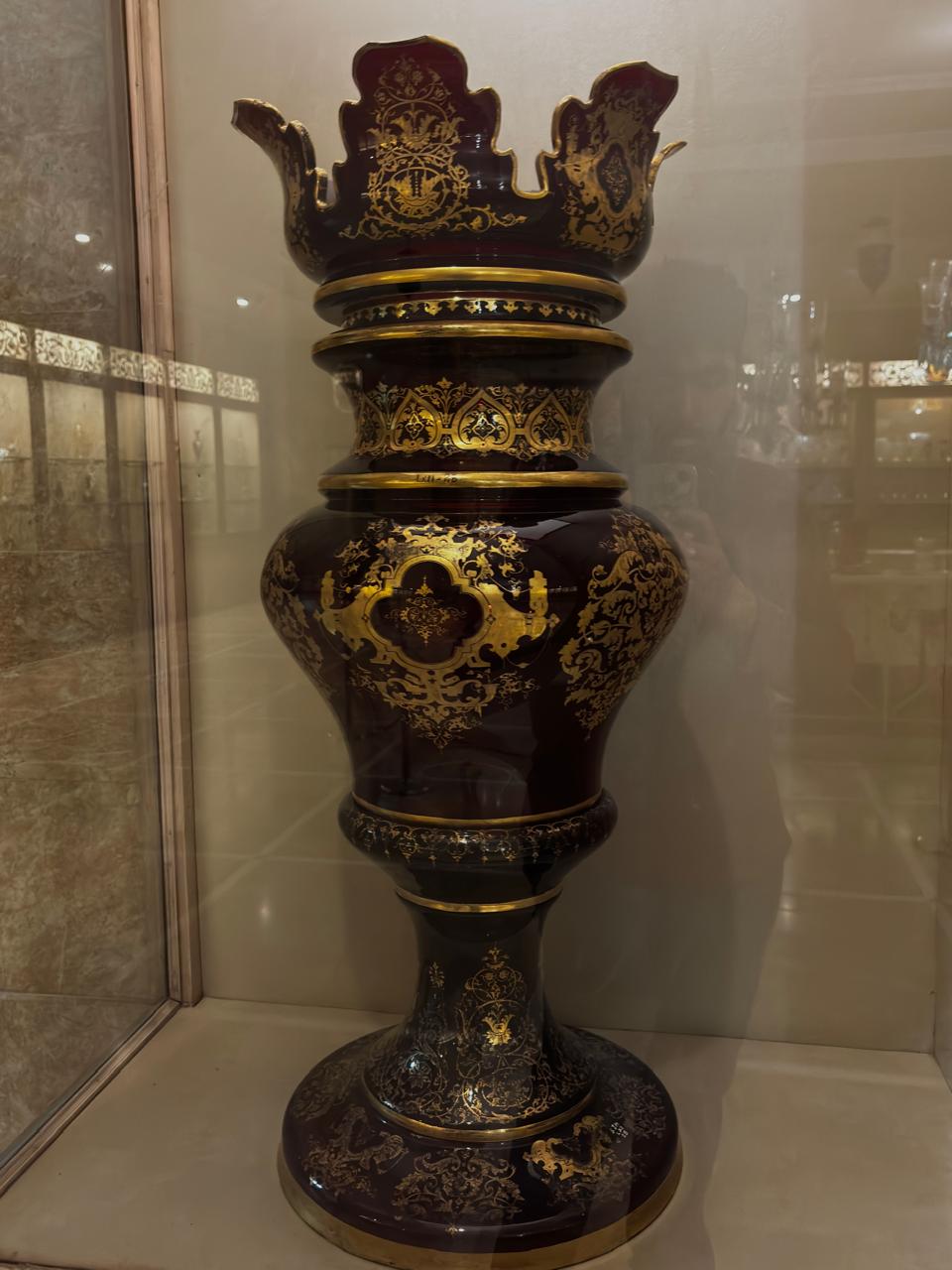
We made our way to the European glass collection. These beautiful collections have been painted with floral designs and were polished with gold as decoration.
|
|
|
|---|
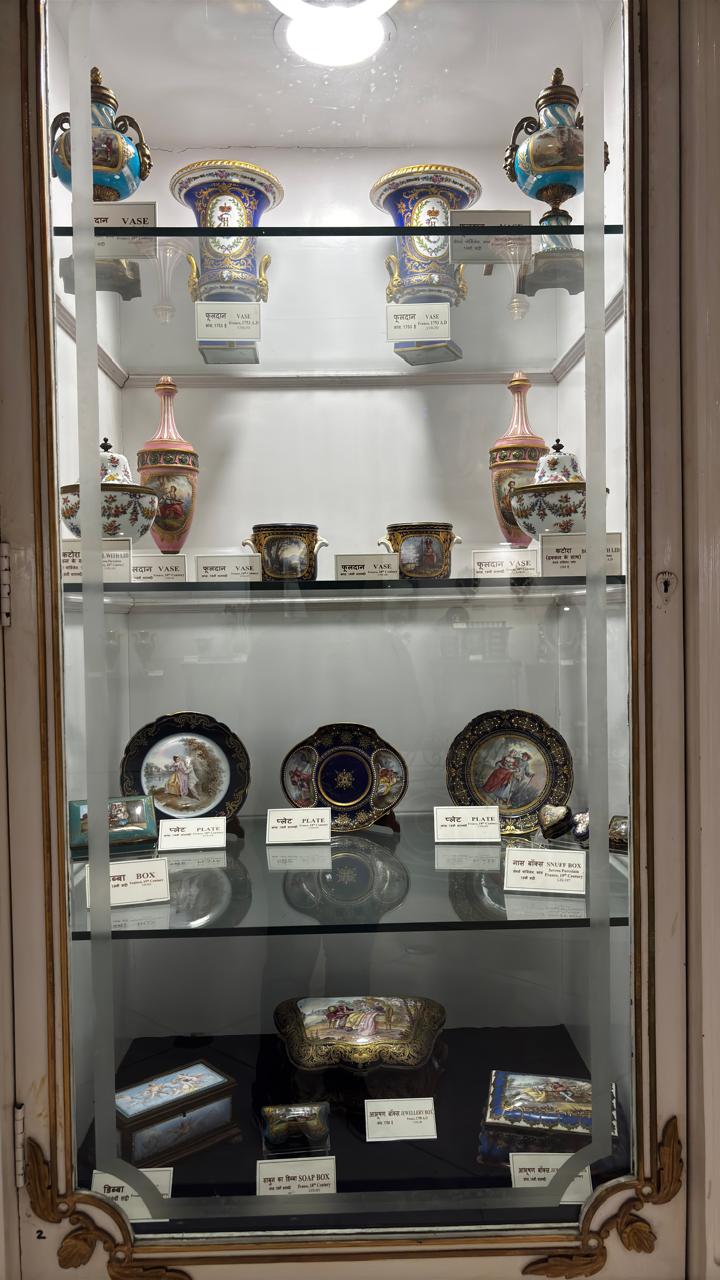
|
|
|
|---|
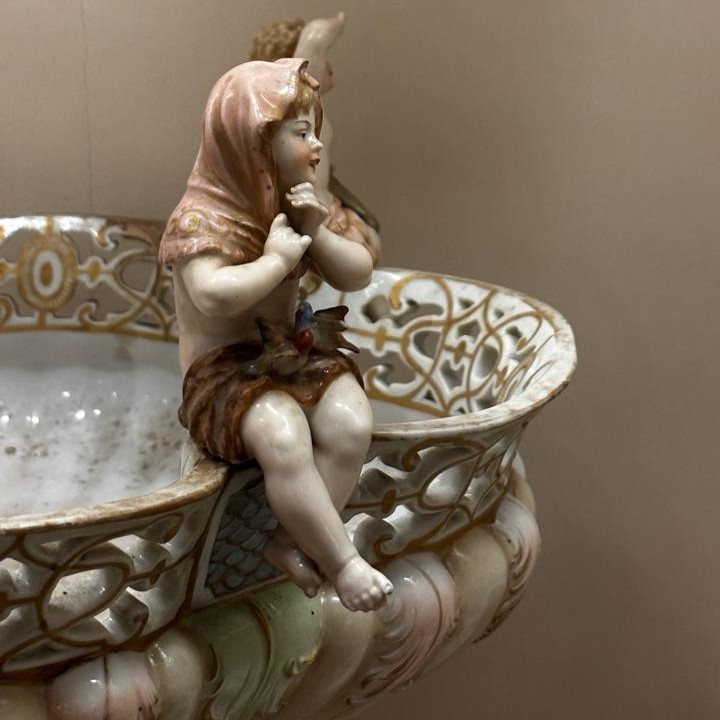
Our next stop was the French gallery and the Clock gallery which was beautifully arranged with artwork in the form of cutlery, clocks, vases and small figures with very precise detailing.
|
|
|
|---|
|
|
|
|
|---|---|---|
|
|
|
|
|
|
|
|---|
Moving into the European bronze statuary and the Marble gallery, we noticed the detailed artwork that was done on wood and marble and is well preserved since centuries.
Since we were late to visit the eastern block of the museum, we read about it. It seems that the Eastern block of museum has the following displays- the Chinese gallery, Eastern porcelain gallery, Japanese gallery and the Far Eastern Statuary gallery.
Disappointed that we didn’t cover the entire museum, we kept our chins up in the hopes that we’ll visit another time when we come back to this beautiful city.
Since the sun had set and the night lights lit up, we headed to another historic site called the Bansilalpet Stepwell. This stepwell was built six levels below the ground between the 17th -18th century. It was well in use until the 20th century by the locals and a nearby hospital.
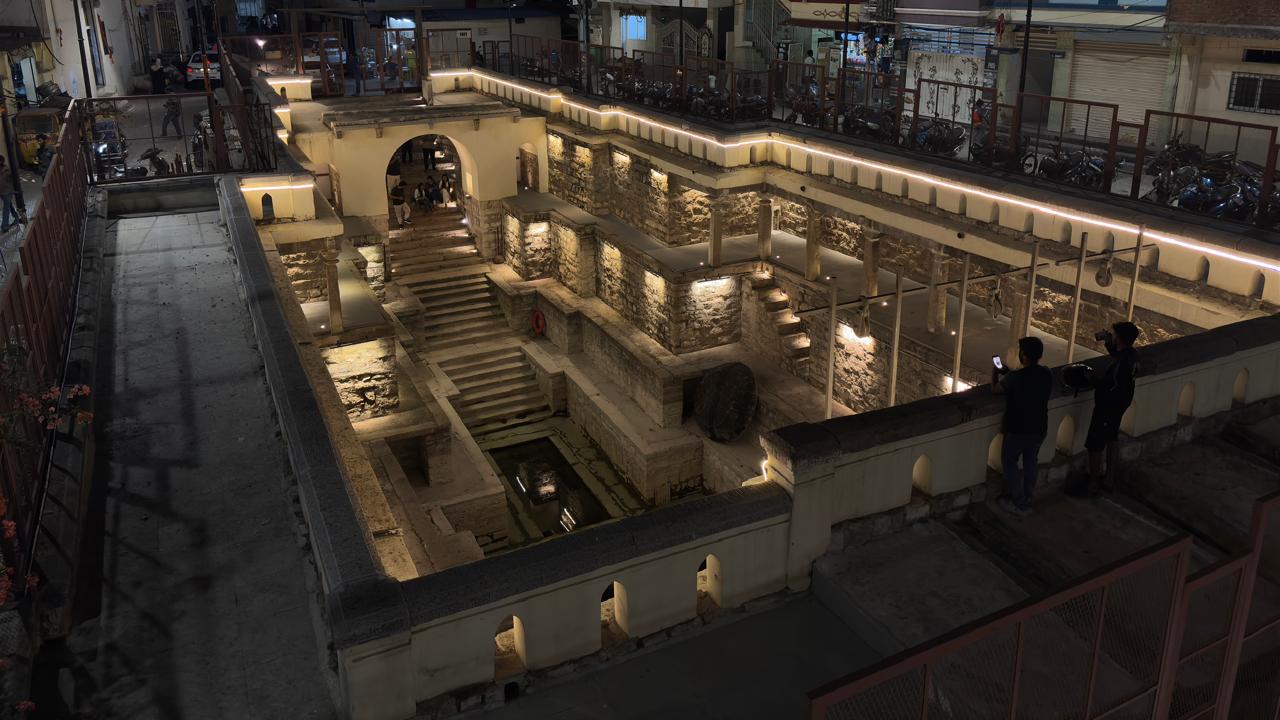
The Stepwell fell into disuse since the early 21st century causing the structure to deteriorate. It was recently renovated in 2022 by the Municipal Corporation and The Rainwater Project. During the renovation, the authorities discovered the well mapping dating to the year 1854 mentioning that the well was surrounded by a garden of Tamarind and Palmyra trees. It was later during the British period, that the well got walls around it and the surrounding areas were developed to a well-planned model village. The original name of the well was called Naganah Kunta and later was renamed to honor the man who funded the British to build the village. He was Seth Bansilal, hence the name Bansilalpet stepwell.
Bansilalpet Stepwell is now open to the public and has an entry fee of 50 INR (0.58 USD) per person. The well remains closed for public viewing every Monday. They also have fixed visiting timings for the rest of the week- Tuesday to Sunday: 10:00 AM - 01:00 PM & 04:00 PM - 08:00 PM. They also have a strict no plastic rule (including plastic bottles) inside the premises.
Source
They have built three galleries that display the progress in the restoration work that was taken up.
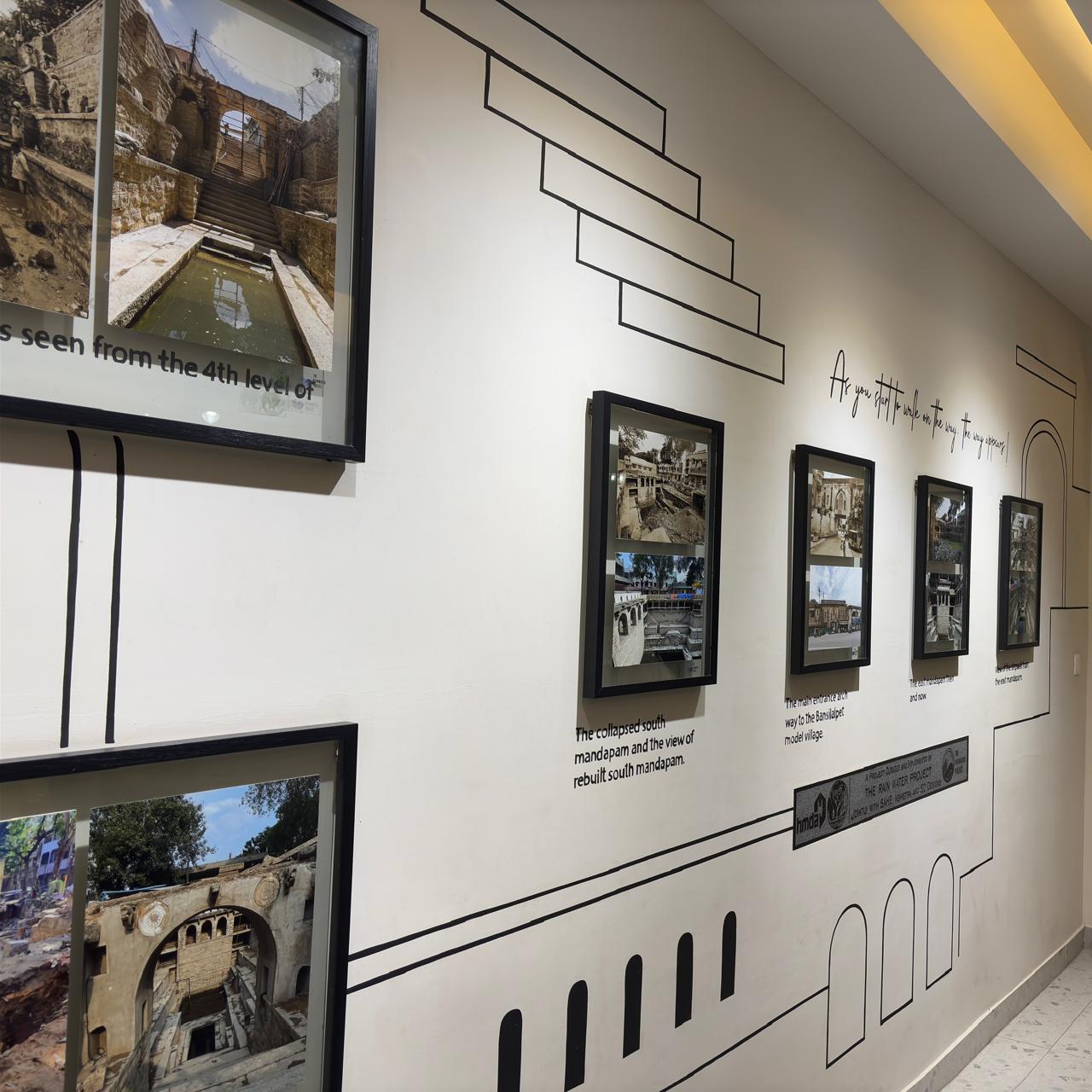
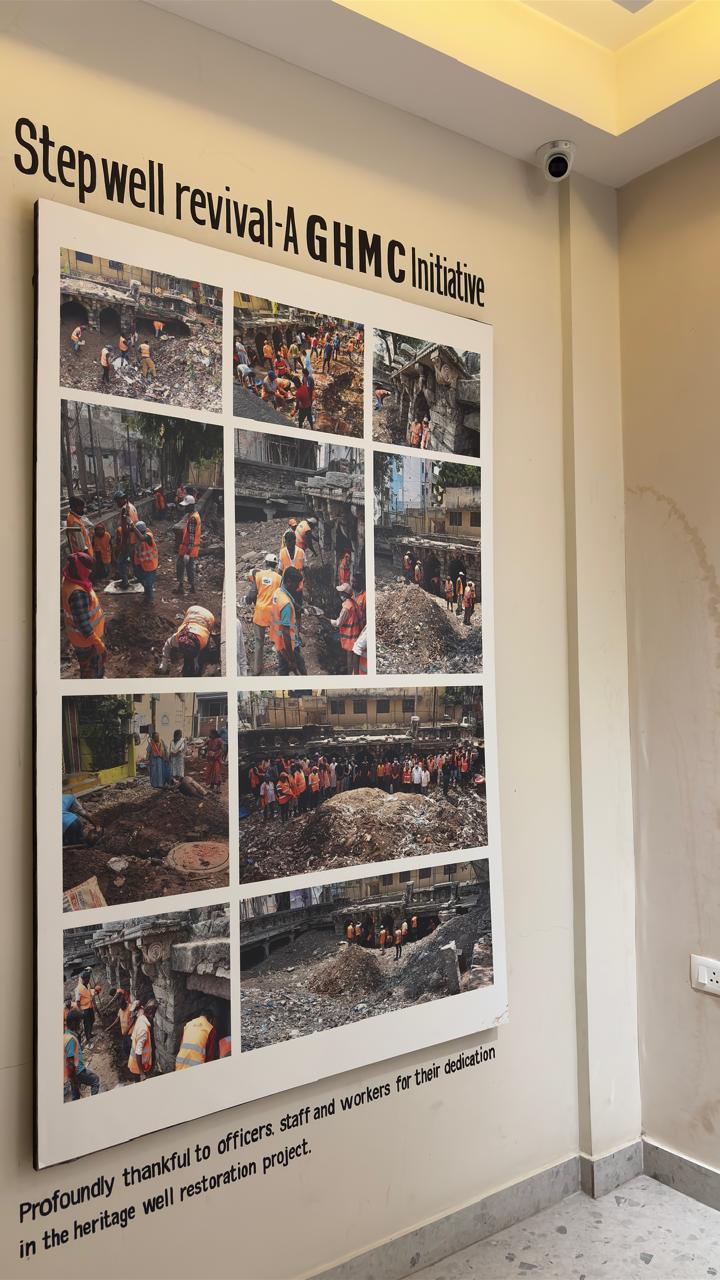
A fact that flabbergasted me was that the restoration workers removed approximately 2000 tons of debris from the well, thus uncovering the six-stage stepwell that was 50 feet (15 m) below ground level. The gallery displays these restoration images to pay their respect to all the members involved in the project.
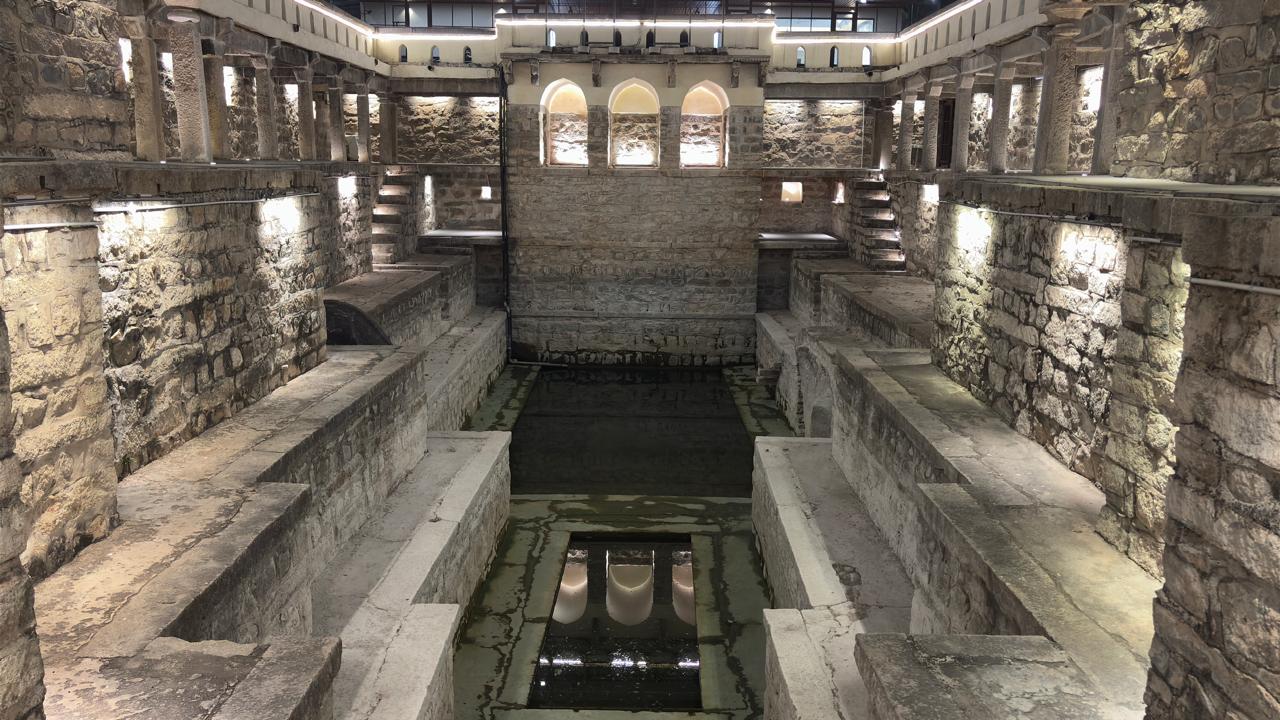
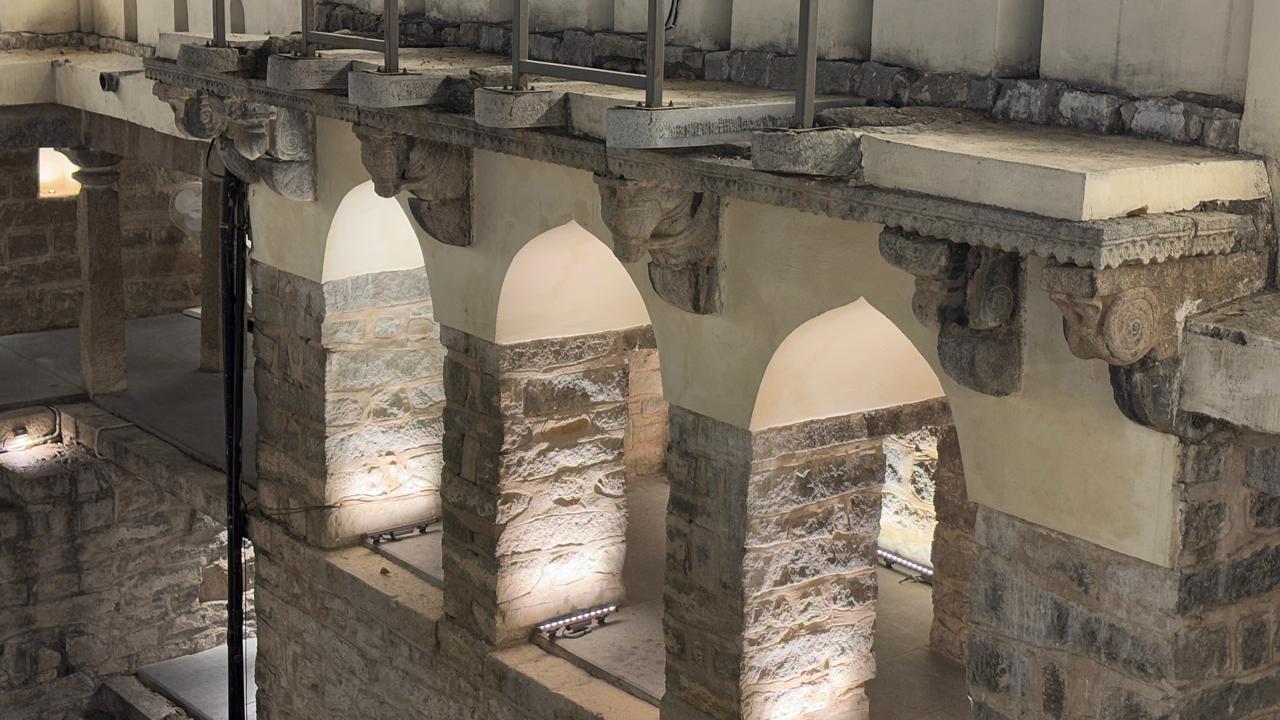
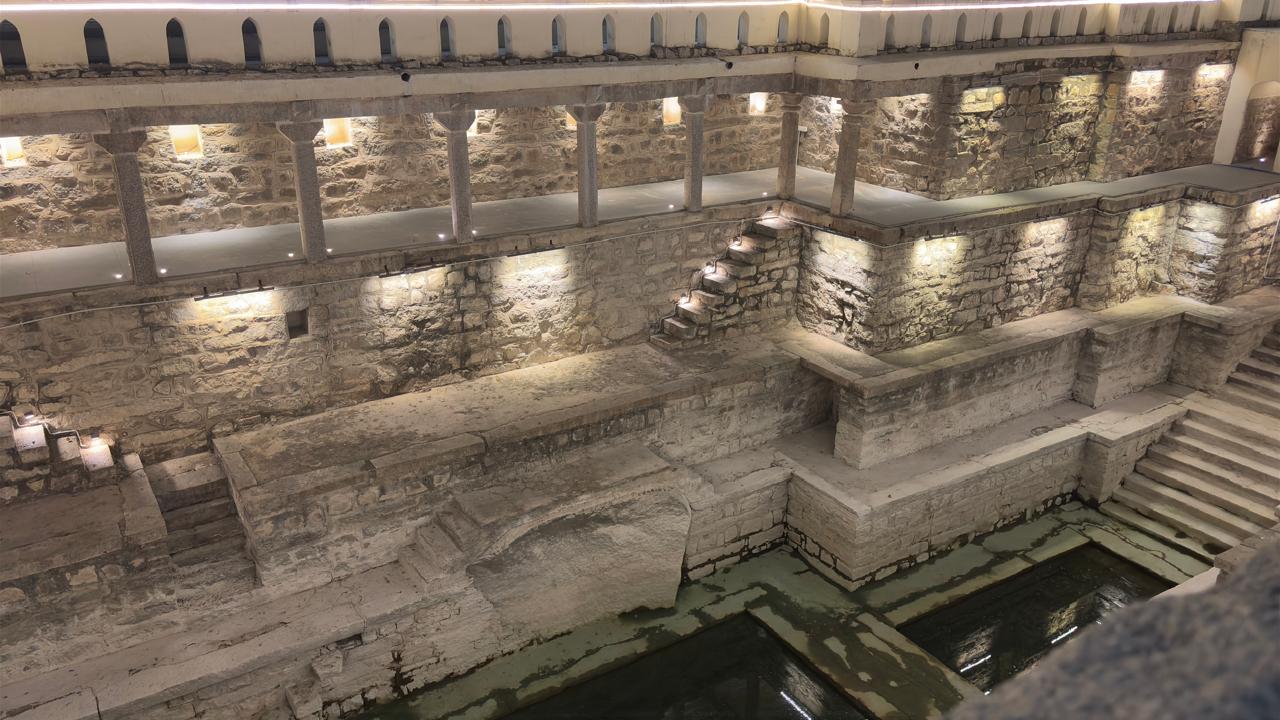
As we moved from the galleries to the well, the area was lit up giving it an aesthetic look. The bustle of the city was dying down and people were winding up for the day. Along with the cool evening breeze, it made for a relaxing place to spend some time before we headed back to the hostel.
Follow me to read more like this!

